2020 Participants & Organizers
- A paper on using ontologies in biodiversity.
- A paper on identifiers and metadata.
- My google scholar profile.
Participants
| I am a paleobiologist interested in the evolution of terrestrial vertebrate communities, the biogeography and evolution of large mammals, and the impact of humans on ecosystems at the dawn of the anthropocene. I also use functional traits such as body mass and hypsodonty to answer questions about the relationship between environmental change and community turnover.
I am currently investigating changes in large mammal occurrences in the Indian Subcontinent over the last 4 million years, and look forward to learning about ways to standardize my data, and share ecomorphological data that I have collected over the years. |
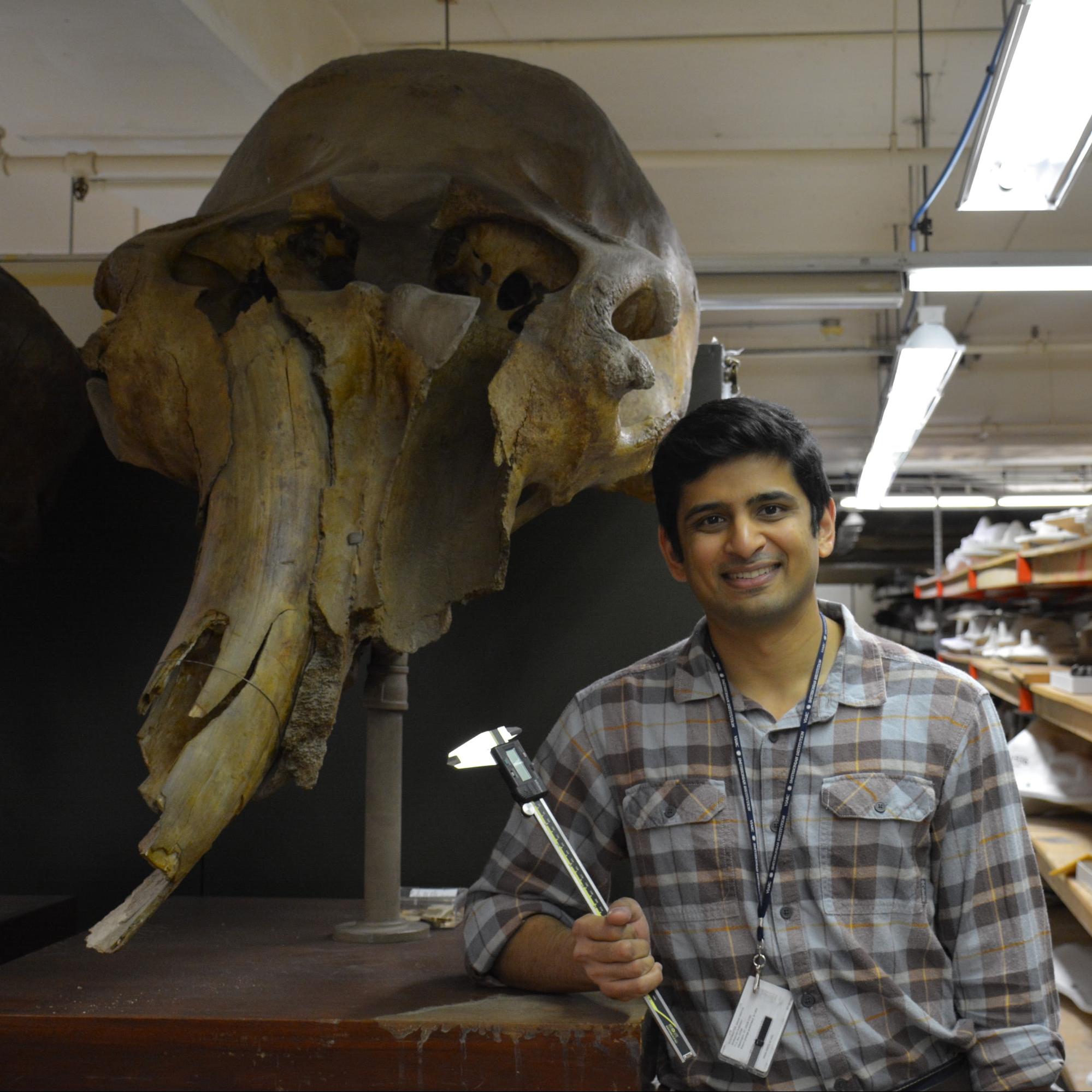
Advait Jukar
|
|
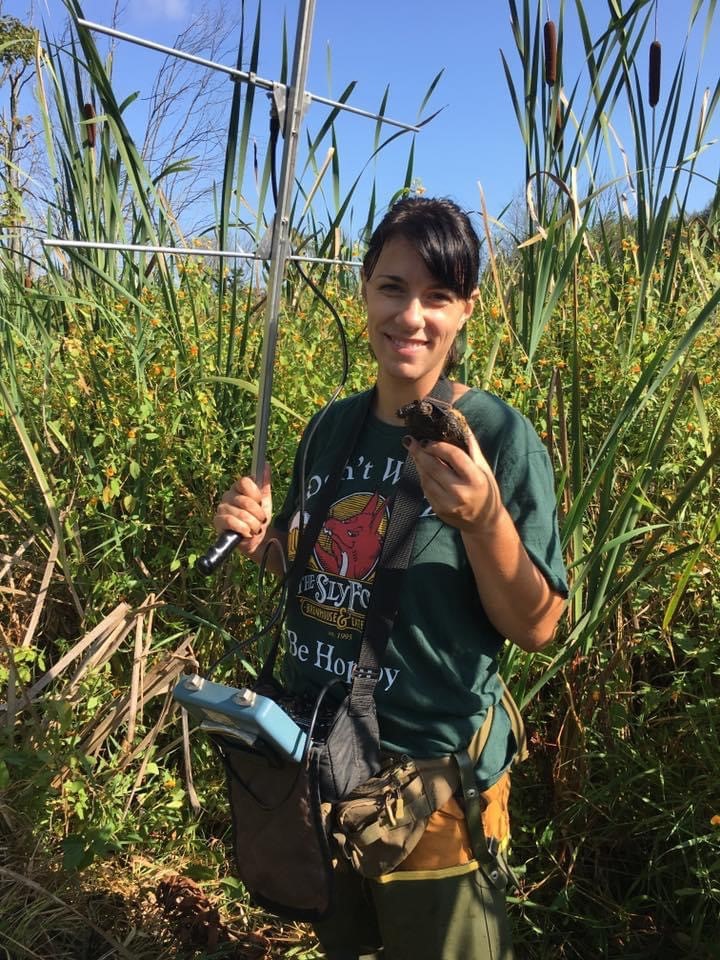
Alexandra Shupinkski University of Nebraska Paleoecology |
I am a third year PhD student at the University of Nebraska-Lincoln. I am a paleoecologist interested in the evolutionary history of mammal communities and the way they assemble through time. My research aims to disentangle biotic and abiotic factors that significantly impact community structure prior to and during the presence of hominids using a macroecological approach. Currently, I am looking at the functional diversity of Cenozoic mammal communities in North America.
I am excited to learn about new analytical tools and the most effective ways to use species traits to track ecological change. |
|
| I am a PhD candidate at the University of Oregon, and I am broadly interested in mammalian diversity patterns through time. I use the fossil record as well as modern data to investigate these trends, and am specifically interested in how diversity patterns relate to life history variables, as well as factors of the physical landscape and tectonic history. I have previously worked on collecting data from the literature for the FuTRES database, and am looking forward to learning more about ontology-based data. I have dental measurement data from Oligo-Miocene mammals of North America. |

Amanda Peng
|
|

Amanda Weller
|
I am an incoming PhD student at University of North Carolina Greensboro focusing on Palearctic mammalian biodiversity and morphological evolution. I am interested in the distribution of simple and complex mammal trait variation in Old World ecosystems.
I would like to gain new informatics and analytical skills while connecting with other researchers. |
|
| I am a paleoecologist focused on how ecological change has affected the course of human evolution as well as how humans have affected their environments. My research is based in both Africa and North America and my questions primarily focus on mammals and their associated environments. I use multiple proxies to ask paleoecological questions including stable isotopes from bioapatite, collagen, and soil carbonates, fossil morphology, occurrence, taxonomy, and satellite-based climate and vegetation data. Much of this data is associated with hominin and archeological data. |
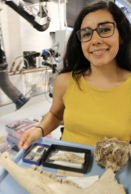
Amelia Villaseñor
|
|
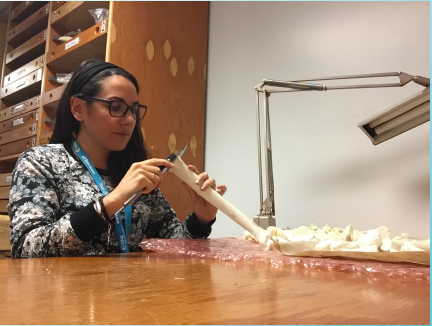
Ana Belén Galán López
|
I am a zooarchaeologist and Marie Curie Postdoctoral fellow. The last few years I have devoted and focused my research on taphonomy and osteometry fields in order to reconstruct subsistence strategies to help us to a better understanding of human behaviour. My current research, Emorph Project, is focused on ecomorphology to provide a referential framework to reconstruct migratory patterns of Palaeolithic reindeer during Magdalenian period in South western France and assess how they affected human hunting strategies and socio-economic decisions, which will allow us to better understand their behaviour and identify the precise role of reindeer in their economy. | |
| I am a paleontologist specialized on the evolution of African suids. I am particularly interested in understanding the timing of adaptations to herbivorous diets (and especially graminivorous diets) during the Neogene and Quaternary. I therefore quantify morphological changes of craniomandibular and dental structures and compare the timing of morphological changes to dietary changes reconstructed from independent proxies such as dental microwear and enamel biogeochemistry. A long term objective would be to disentangle the relative importance of biotic and abiotic factors as drivers of adaptations. I focus on the fossil record from eastern Africa but also study fossils from other parts of Africa and Eurasia. I am also interested in other mammals who display herbivorous adaptations such as hippopotamids, cercopithecids, and hominids.
|
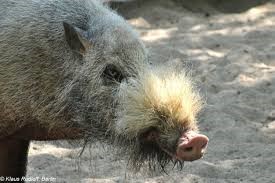
Antoine Souron
|
|
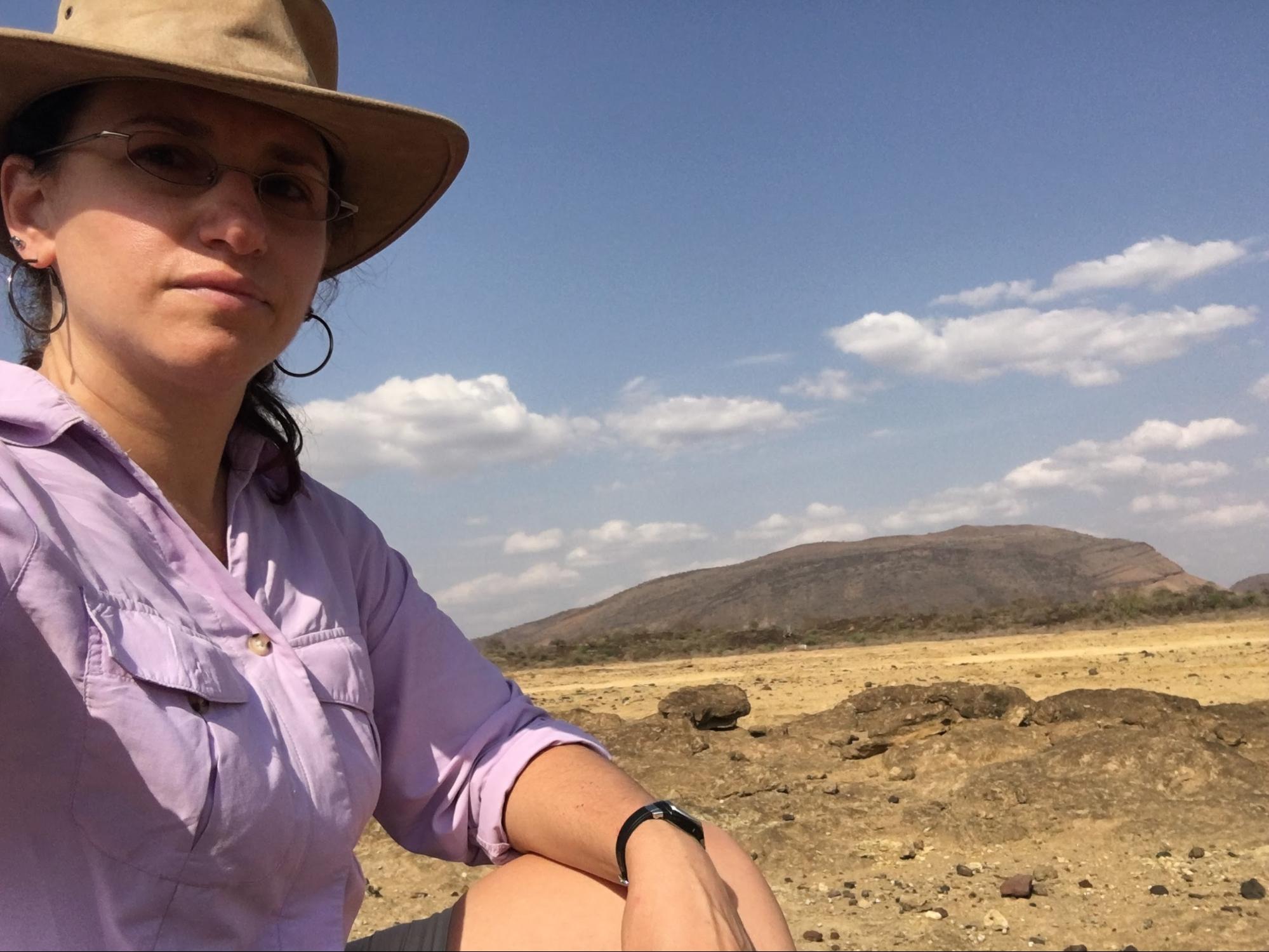
Briana Pobiner
|
I am a zooarchaeologist focused on understanding the evolution of human diet. I conduct fieldwork and collections- based research on both modern and fossil bones, and I use taphonomic data (largely hominin butchery marks and carnivore tooth marks) to reconstruct access to animal food resources in the Early Pleistocene of Africa, Asia, Europe, and North America. I’m looking forward to discussing ways to standardize the collection of taphonomic data from zooarchaeological assemblages.
Recent relevant publication: The zooarchaeology and paleoecology of early hominin scavenging. Evolutionary Anthropology. |
|
| I am a mammalogist and ecologist interested in patterns and drivers of diversity. I am particularly interested in using functional diversity to investigate the drivers of community assembly, elevational diversity gradients, and biodiversity change. As part of this work I use museum specimens to collect morphological, phenotypic, and life history trait data that offer higher-resolution data on species differences compared to categorical guild assignments, including kidney morphology, hair density, and craniodental morphology. I am interested in learning about tools for applying functional diversity to broad spatial and temporal scales as well as exploring intraspecific variation in key traits across species’ ranges and how it may influence analyses of functional biogeography.
Relevant papers:
|
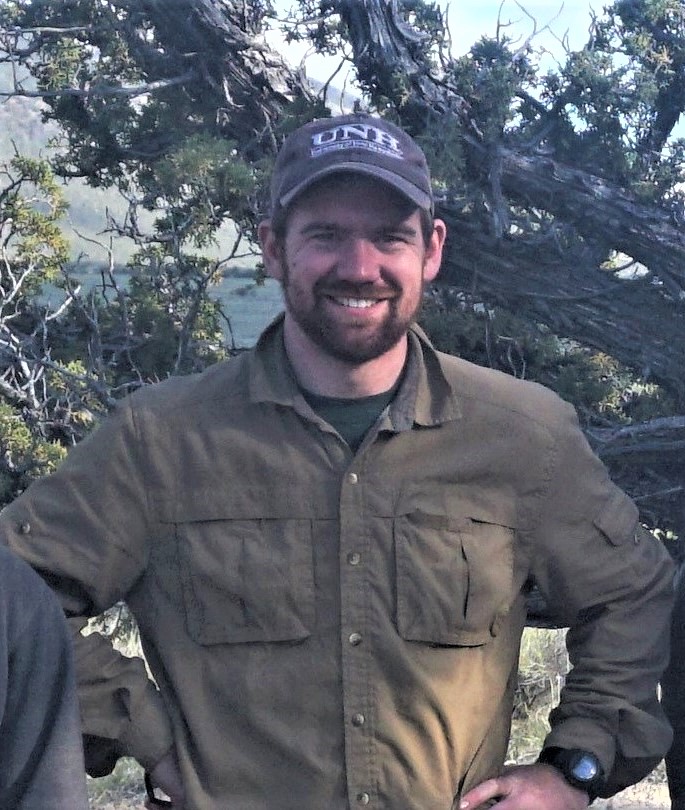
Brooks Kohli
|
|
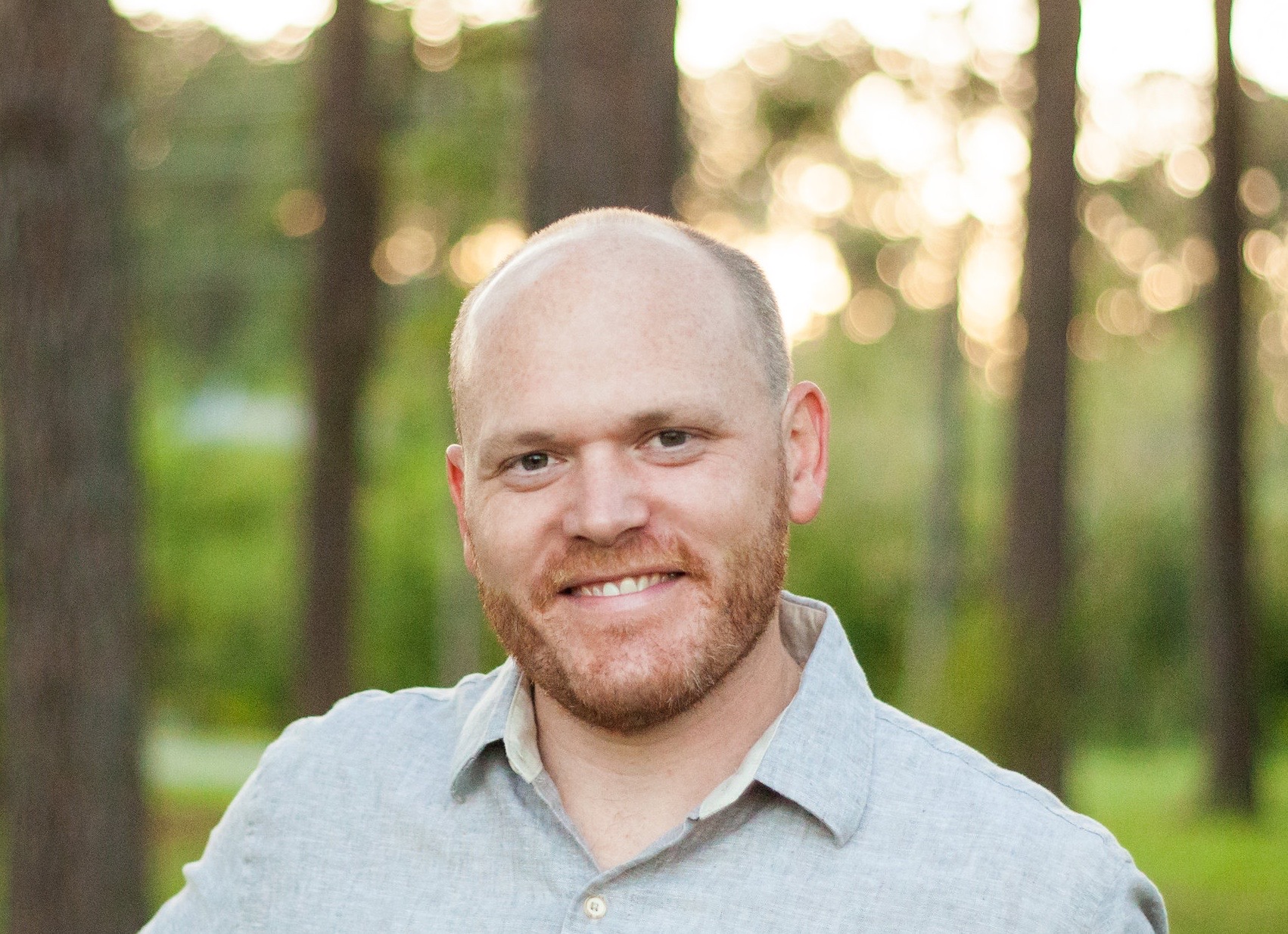
Bryan McLean
|
I am an integrative biologist interested in landscape- to continental-scale patterns of mammalian evolution and responses of mammals to past and present environmental change. I use empirical (molecular, phenotypic, trait-based) datasets as well as informatics tools to understand the ecological and environmental contexts in which mammalian phenotypes, life histories, and ecological traits evolve.
Most of my trait datasets are taxon-centric (North American rodents) and consist of morphological or reproductive metrics. Some of these maximize shape resolution (3D GM of skeletal + genital elements) while other maximize spatiotemporal coverage (body lengths/masses in small mammals).
|
|
|
I am a PhD candidate working on the functional morphology of balitorid loaches, a group of small freshwater fishes from Southeast Asia. My focus has been on morphology and biomechanics but I am hoping to expand into more of an ecomorphology direction. I mostly work with CT scan data of fishes, both bony and cartilaginous.
I am looking forward to this workshop and learning how to use the FuTRES framework to share and obtain datasets and develop collaborations.
|
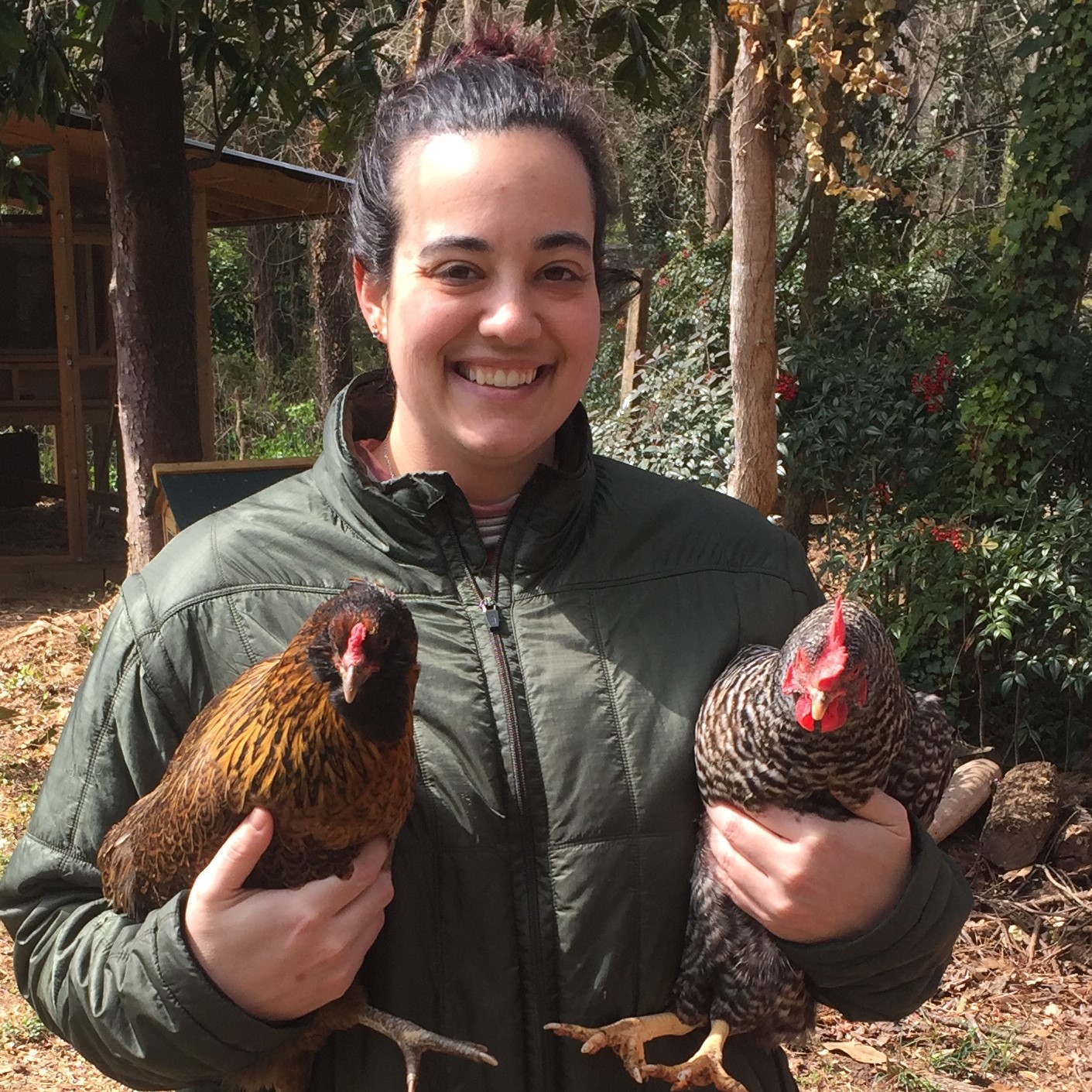
Callie Crawford
|
|

Christine Janis
|
I’m a supposedly retired paleomammalogist, interested in the ecomorphology of large mammals (including ungulates, carnivorans, and marsupials) in relation to Cenozoic climatic change. I have lots of photographic and measurement data that I would be delighted to share with people.
My Brown University webpage has links to my publications. |
|
| I am a paleoecologist interested in understanding the processes that govern mammalian diet and community structure change through time. Some of my work focuses on extant mammals where I use phylogenetic comparative methods to understand mammalian diet evolution, diversity, and how these relate to body mass. For my work on fossil assemblages, I use tooth morphology, and stable isotopic studies, to test hypotheses about the ecological links among extinct taxa and their environment. To better understand how past climate change has influenced structural change, I combine my research to reconstruct food webs for fossil assemblages. I hope that by using the fossil record to explore past ecological structure, my research not only helps expand our paleontological knowledge but also informs how modern communities might respond to current human-influenced climate change and extinction.
I am excited to talk to others about trait data standardization to allow for reproducibility and collaboration. I have lots of tooth measurements for both modern and extinct mammals from collections around the USA. |

Dana Reuter
|
|
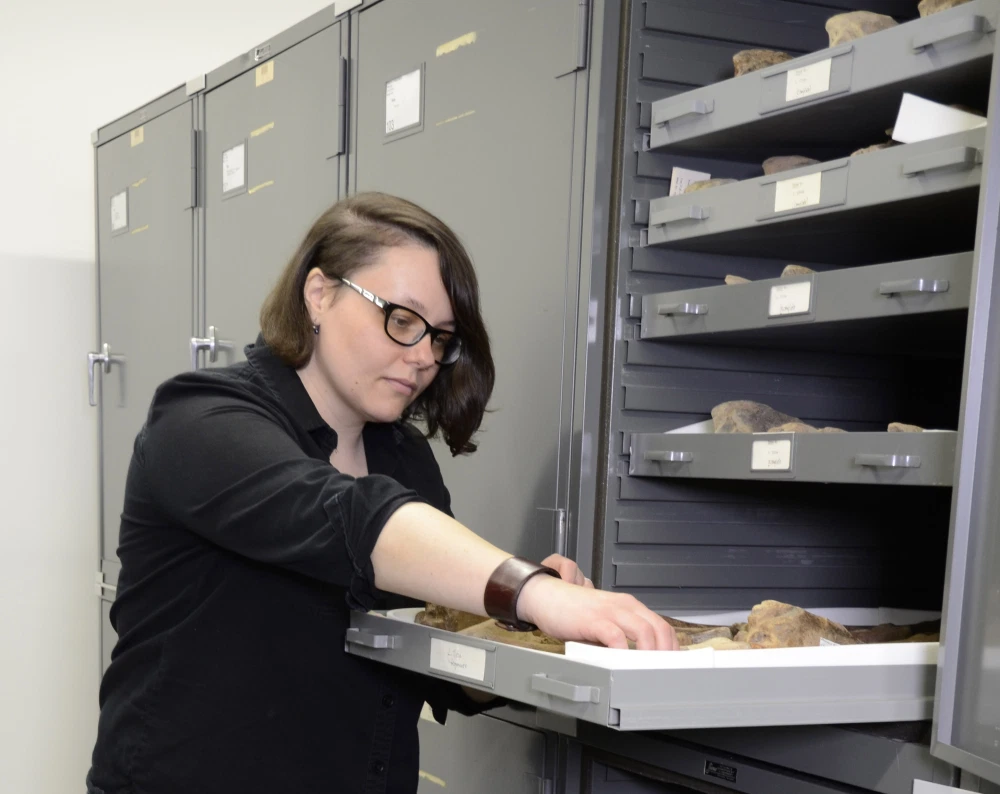
Dani Fraser
|
I am a palaeoecologist and evolutionary biologist interested in how and why mammal communities form with the goal of understanding the emergence of modern mammal communities and how they might change under ongoing global change. I use a wide array of analytical tools including, but not limited to, computational biology, phylogenetics, palaeodietary methods, field work, and stable isotopes. My research program is multidisciplinary and integrates the study of both extant and extinct mammals.
I tend to work with mammal body size, dietary, and geographic range data mined from fossil collections and publications. I am looking forward to learning to use the FuTRES framework to share the datasets that I have and am developing. |
|
| From there to here,
from here to there,
I’ll move your data
everywhere.
Be it one fish or three, a flower or flea, I’ll clean up your data and publish on IPT.
Stop feeling pandered by some data standard together we’ll make your data well-mannered.
GBIF Integrated Publishing Toolkit
|
David Bloom
|
|
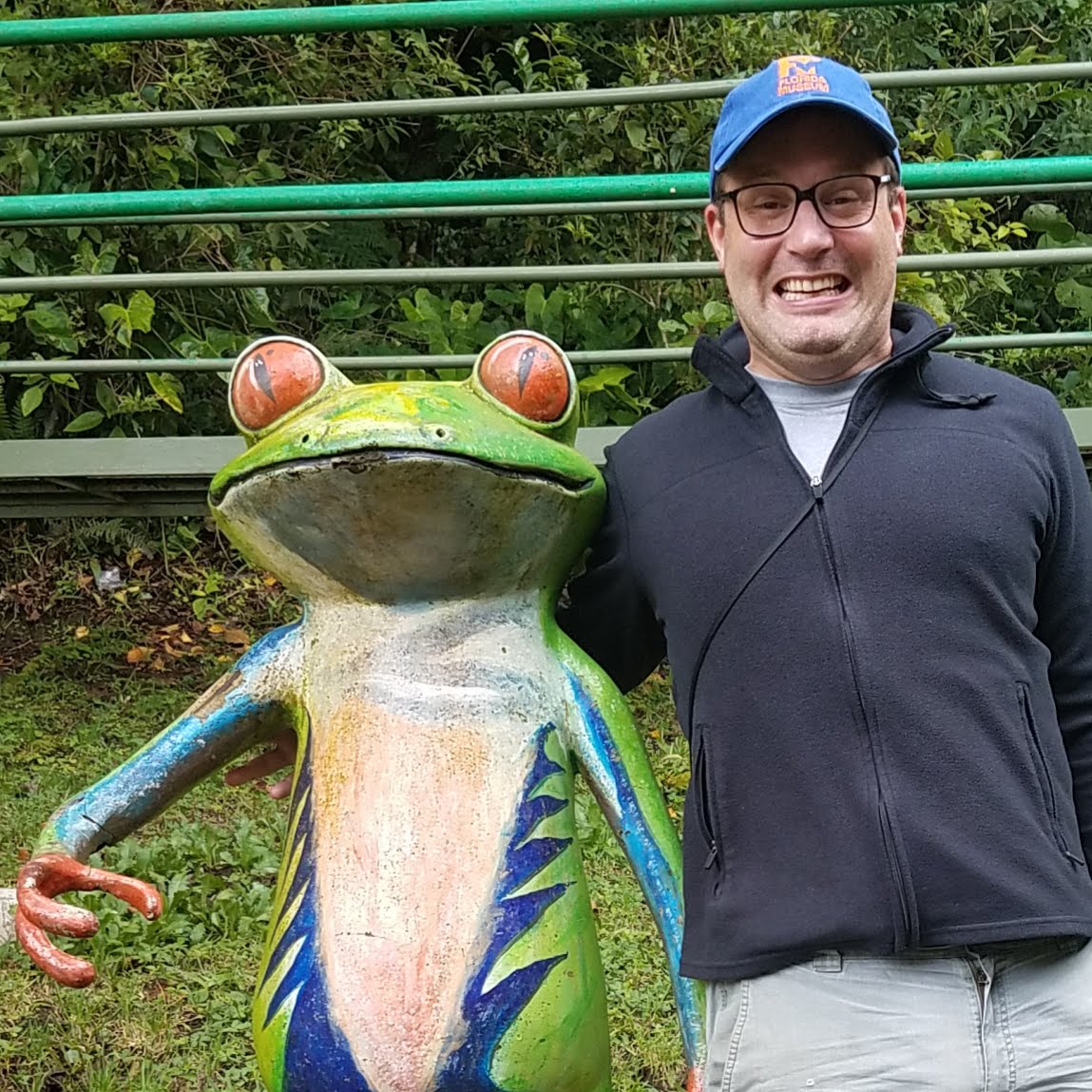
David Blackburn
|
I’m interested in the diversity and evolution of amphibians. I oversee the openVertebrate (oVert) Thematic Collection Network, am on the steering committee for AmphibiaWeb, and am a CoPI on iDigBio.
I’m looking forward to learning more about using the FuTRES framework for publishing qualitative and quantitative trait data for specimen and observation-based data.
Examples of recent papers from my lab with traits: Paluh et al. 2020. Evolution of hyperossification expands skull diversity in frogs. PNAS.
|
|
| I am a paleoanthropologists working in East Africa studying human evolution and paleoecology. I direct the Paleo Core project which hosts specimen level fossil occurrence data for paleoanthropologists and paleontologists. I’m looking forward to exploring methods for linking fossil occurrence data to systematic descriptive trait data about the individual fossils.
Pdfs of my recent publications are available on my website. |
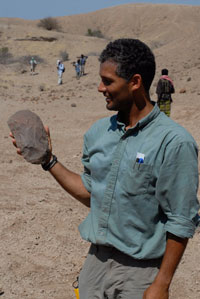
Denné Reed
|
|
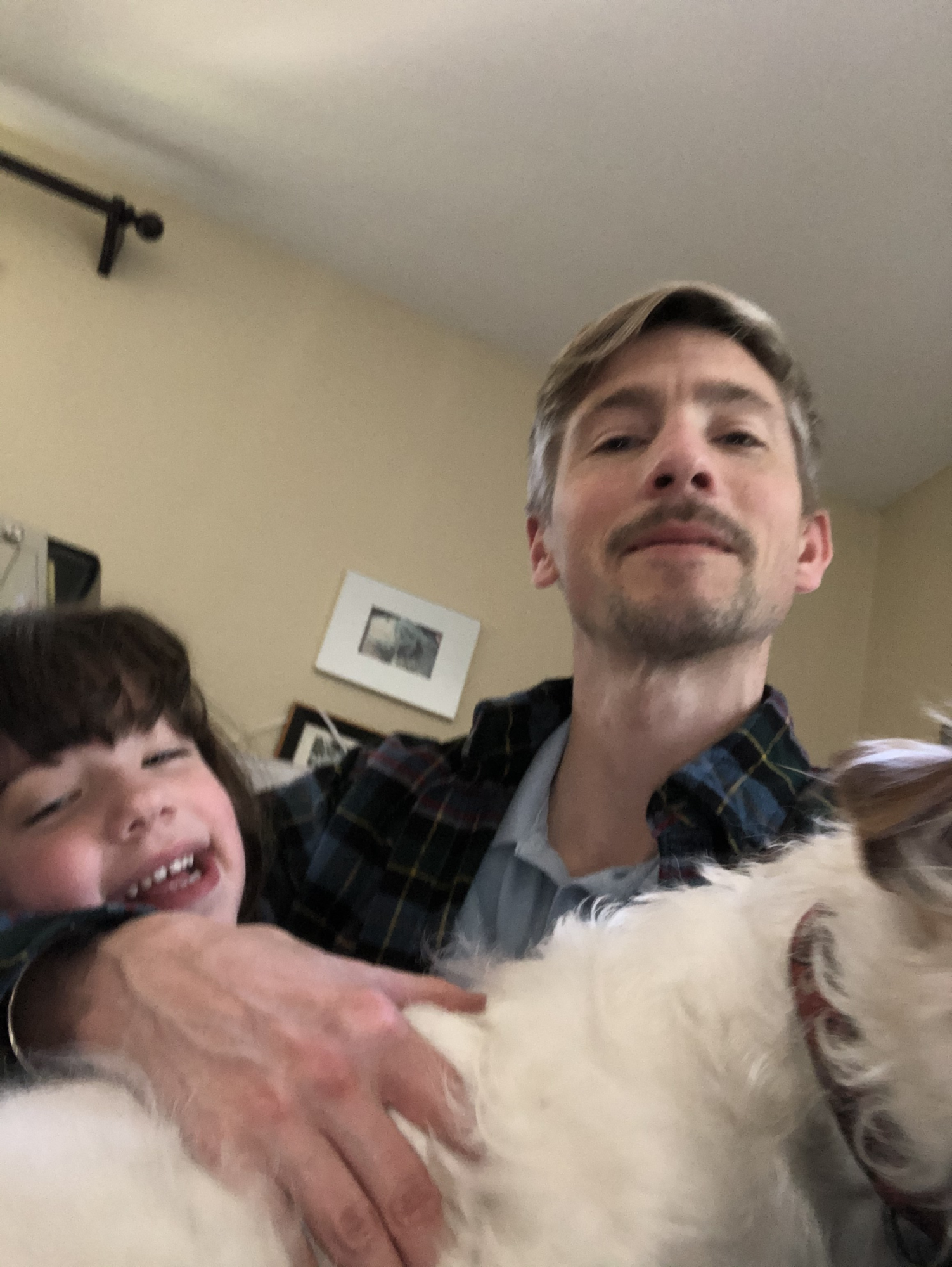 Doug Boyer
Doug Boyer
Duke Univeristy Anthropology, Informatics |
I am a comparative morphologist and paleontologist who works primarily from 3d-digitized materials because it improves the potential for 1) quantitative approaches, 2) repurposing data towards future studies, and 3) data transparency. I started and manage the Duke and NSF funded data repository MorphoSource.org, which specializes in sharing and archiving of 3D data on natural and cultural heritage objects. A major goal of the repository’s data model and informatic structure is to seamlessly connect scan data to specimen records authored by collection institutions. Of possible interest to FuTRES is MorphoSource’s plans to support creation, saving and query of annotations via its web viewer (demo). My lab also develops tools for computer aided landmarking (https://toothandclaw.github.io/). Last spring Dave Blackburn (UF Herpetology) and I co-hosted an iDigBio-funded seminar to evaluate the informatic resource integration requirements for realizing the extended specimen network. | |
| I am a paleoecologist and focus on using dental tooth wear as a mechanism for assessing dietary traits in herbivorous ungulates and other mammals in order to study global trends in vegetation and climate and extinction patterns through significant climatic events and over vast periods of time. In this capacity, I co-developed the low magnification stereomicrowear technique with Nikos Solounias from NYIT —a novel method of examining microscopic scars on dental enamel caused by food substances which employs a standard light stereoscope to examine tooth enamel surfaces. I have also focused on improving the resolution and repeatability of gross tooth wear methodologies (i.e., mesowear analyses) by co-developing "the mesowear ruler" with Matthew Mihlbachler and Nikos Solounias from NYIT (Old Wesbury, NY USA) and Florent Rivals (Institut Català de Paleoecologia Humana i Evolució Social -IPHES - in Tarragona, Spain). Consequently, most of my data is enamel microwear and mesowear data of living and fossil ungulates and primates.
I’ve always been a believer in sharing data so that science can progress and look forward to learning more about FuTRES.
A sampling of my publications and other background may be found on Research Gate. |
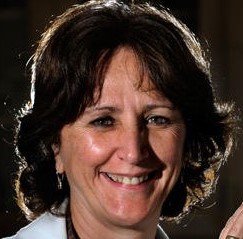
Gina Semprebon
|
|
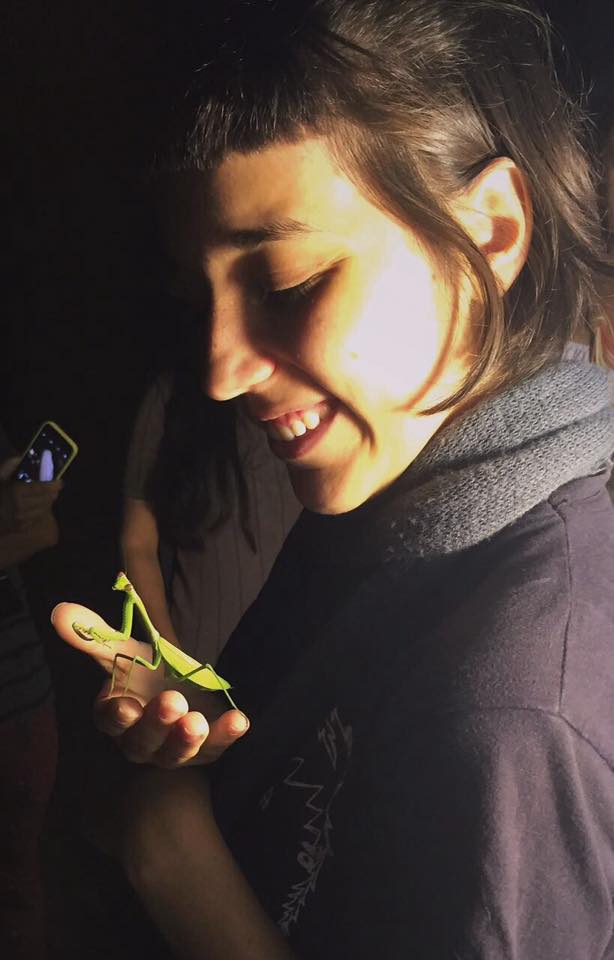
Helena Machado
|
I’m a Ph.D. candidate at University of Oregon’s Earth Sciences department. I mostly work on fossil horses and one of my main research questions regards the relationship between South and North American Equus. I’m currently collecting morphometric data from the literature for the FuTRES database. I’m looking forward to learning more about ontology-based datasets and different methods we can apply in functional traits analyses.
Here’s a paper on South American Equus. |
|
| I am a doctoral student in the Department of Anthropology focusing on zooarchaeology. For the past several years my assistantship has been to oversee the comparative skeletal collection. There are over 11,000 vertebrate (mammals, reptiles, amphibians, fish, and birds) and 1,200 invertebrate specimens (predominantly freshwater mussels from the SE U.S.) accessioned into the collection. Currently, the lab focus is to transition the collection to be available online as there are associated metric data and living histories collected for each specimen which would be valuable across scientific disciplines.
My archaeological research interests include how and why people move across landscapes, what role subsistence plays in site choice, impacts on faunal communities from seasonal and climatic environmental changes, and exploring their resiliency to change. My dissertation research is focused on faunal assemblages from the last ~4,000-2,500 years within the Florida Everglades, a dynamic freshwater wetlands ecosystem. |
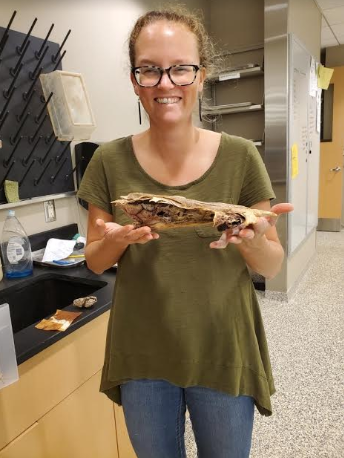
Jennifer Green
|
|
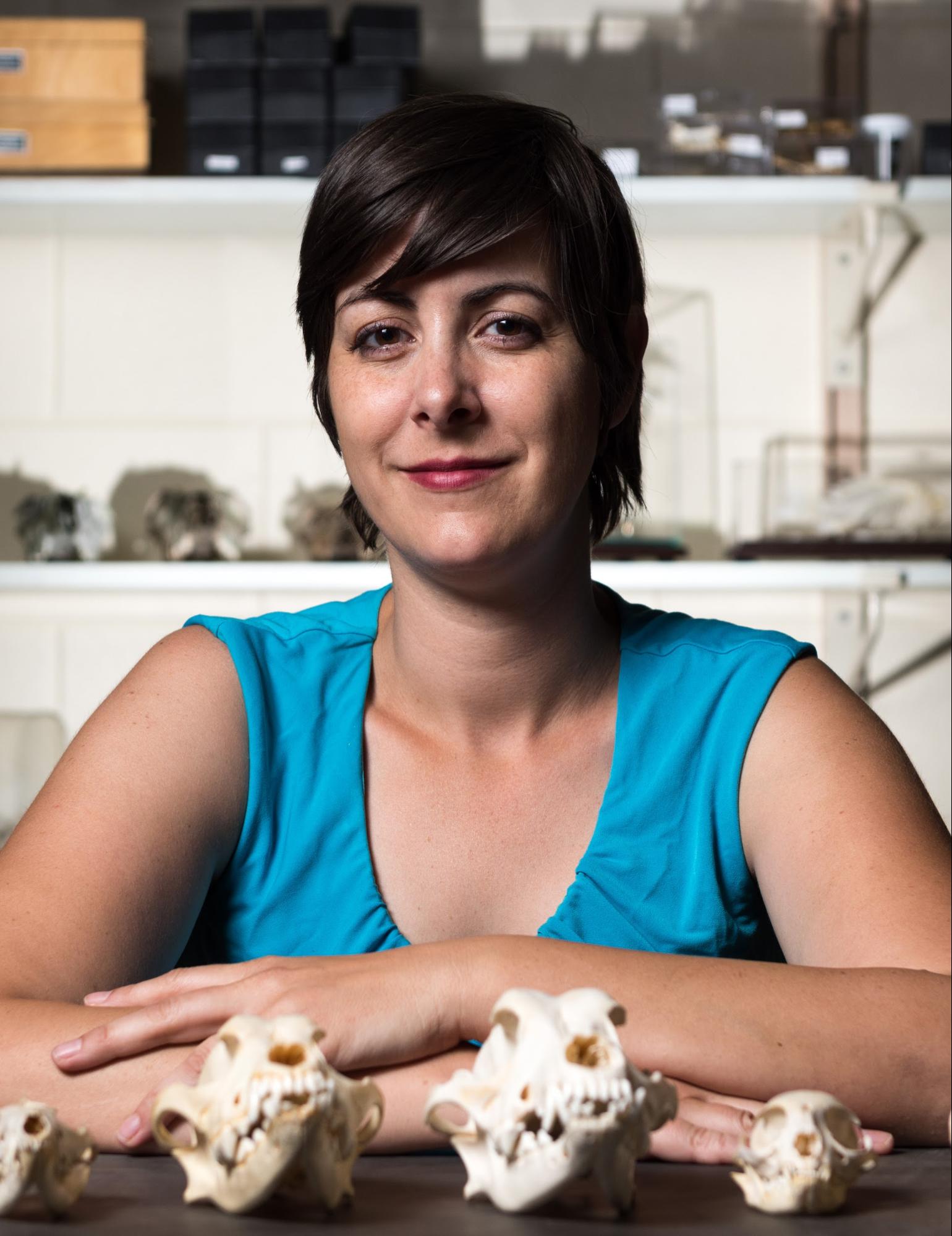
Jenny McGuire
|
I’m an Assistant Professor at Georgia Tech, looking at Quaternary ecological changes in response to anthropogenic and environmental changes. I received my PhD from UC-Berkeley and did postdocs at NESCent & the University of Washington. I am particularly interested in connecting paleontological research to pragmatic solutions for maintaining biodiversity. I have previously studied how intraspecific morphology is patterned by environmental gradients. I also have been working with Michelle Lawing, Jason Head, and others to look at strategies for using ecometric relationships to evaluate ecosystem function. | |
| I work at the National Institute of Anthropology and History (INAH for its Spanish initials), the Mexican federal agency that takes care of the Historical, Archaeological, and Paleontological Heritages, and currently is in charge of the Paleontological Collection. I hold a Biological Sciences Ph.D. from Texas Tech University and currently am a member of the Mexican National Researchers System, with more than 80 indexed publications and has participated in more than 100 national and international conferences. My research focuses on Late Quaternary vertebrates and their contribution for understanding the paleoenvironments in which human survived in the Americas; in doing so I have undertaken studies on taxonomy, biogeography, taphonomy, and paleoecology mostly on Mexican Pleistocene mammals. In addition, I am a board member of the Program for the Mexican Bats Conservation, and participated in finding a previously listed extinct species.
Recent publications: Schubert, BW, Samuels, JX, Chatters, JC and Arroyo-Cabrales, J. 2020. Muknalia minima from the Yucatán of Mexico is synonymous with the collared peccary, Pecari tajacu (Artiodactyla: Tayassuidae). Open Quaternary, 6: 8, pp. 1–9. DOI: https://doi.org/10.5334/oq.84
Díaz-Sibaja, R., F.J. Jiménez-Moreno, R. Palomino-Merino, J.E. Espinosa Rosales, Z. Lagunas-Rodríguez, J. Arroyo-Cabrales, I. Alarcón-D. y G. Carbot-Chanona. 2020. A fossil Bison antiquus from Puebla (Mexico) and a new minimum age for the Valsequillo fossil area. Journal of South American Earth Sciences, 103. DOI: https://doi.org/10.1016/j.jsames.2020.102766
Ardelean, C:F., L. Becerra-Valdivia, M.W. Pedersen, J.-L. Schwenning, C. G. Oviatt, J.I. Macías-Quintero, J. Arroyo-Cabrales, M. Sikora, Y.Z.E. Ocampo-Díaz, I.I. Rubio-Cisneros, J.G. Watling, V.B. de Medeiros, P.E. De Oliveira, L. Barba-Pingarrón, A. Ortiz-Butrón, J. Blancas-Vázquez, I. Rivera-González, C. Solís-Rosales, M. Rodríguez-Ceja, D.A. Gandy, Z. Navarro-Gutierrez, J.J. De La Rosa-Díaz, V. Huerta-Arellano, M.B. Marroquín-Fernández, L.M. Martínez-Riojas, A. López-Jiménez, T. Higham y E. Willerslev. 2020. Evidence of human occupation in Mexico around the Last Glacial Maximum. Nature, https://doi.org/10.1038/s41586-020-2509-0 |
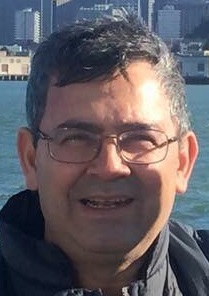
Joaquin Arroyo-Cabrales
|
|
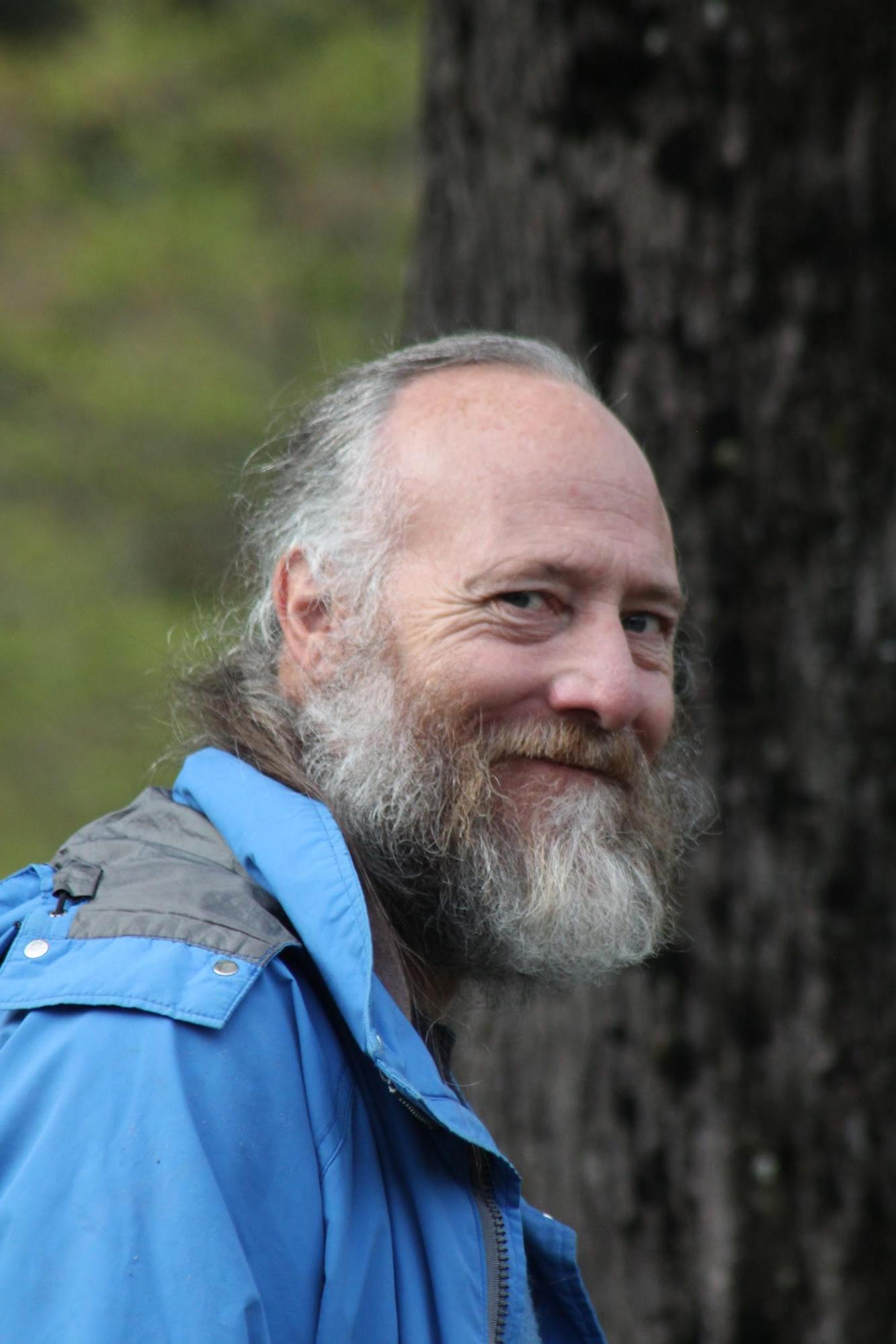
John Wieczorek
|
I help people through their biodiversity data anxieties (practicing without a license). I claim to be qualified because I have been doing it without getting caught for 23 years and with only minor complaints. Come to me if you suffer from Degenerative Darwin Core Syndrome, Georeferencing Withdrawal, Biodiversity Data Publication OCD, etc. I can provide references if necessary, such as:
|
|
| I study the evolution and ecology of mammals using the fossil record. Much of my work is on rodents, particularly pocket gophers and their relatives, but I also study whole assemblages. I use morphological data (especially craniodental morphology) to reconstruct the evolution of ecology on trees. I also use quantitative analyses of abundance data to explore the response of small mammals to immigrations and changes in climate or environment.
Calede and Samuels (2020) on horn evolution and body size changes in mylagaulid rodents.
Calede (2020) on the pattern and processes of fuel change in Montana 30 to 26 million years ago.
I am interested in the discussion of databases of trait data at the specimen level and the species level. I am currently working on assembling several body size databases including a 20,000 specimen database of geomyoid body masses. |
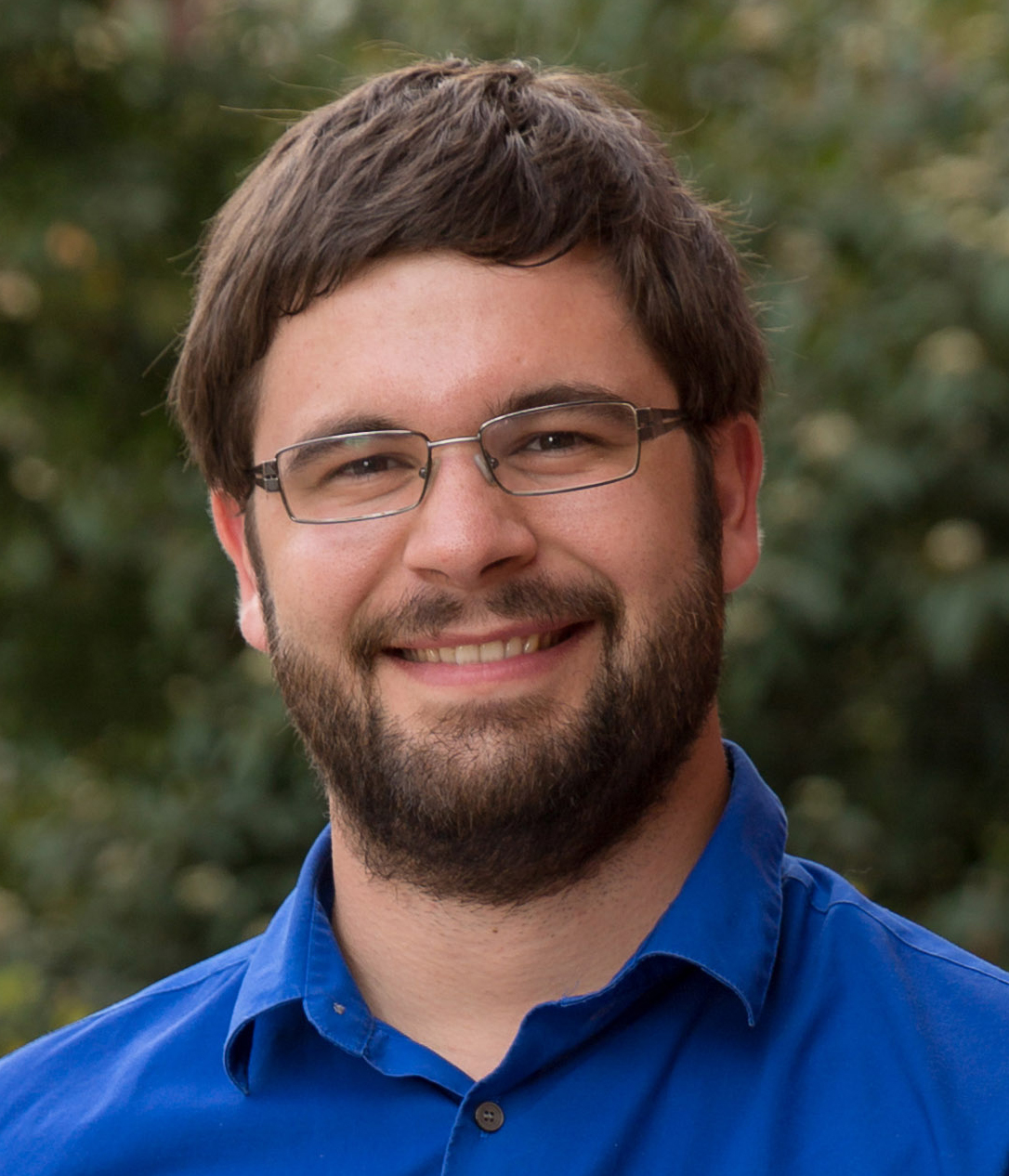
Jonathan Calede
|
|

University of Florida Paleontology, Ecology |
I am an incoming PhD student in the Guralnick Lab. My background is in the systematics and biogeography of Neogene shrews where I primarily focused on the Late Miocene. Since moving to Florida, I have begun work on a systematic review of Florida Soricidae, including some of the earliest members of the family. Currently, my primary work is using the National Ecological Observatory Network data to parse out evolutionary drivers of plant communities, focusing mainly on the nitrogen-fixing clade.
I am excited to learn new techniques through FuTRES that will allow me to combine my interests in fossil/modern and mammal/plant communities to better understand their complex relationships throughout the Neogene. |
|
| My research focuses on the palaeobiology, systematics, biogeography and morphology of vertebrates, especially from South America. I study the macroevolutionary changes of these lineages in relation to palaeoenvironmental conditions and geographic distributions, combining palaeontological and neontological data.
I regularly collect trait data (mainly measurements of skull and teeth of mammals) for my research and I am interested to learn about the best practices to share these data related with past and incoming publications.
|
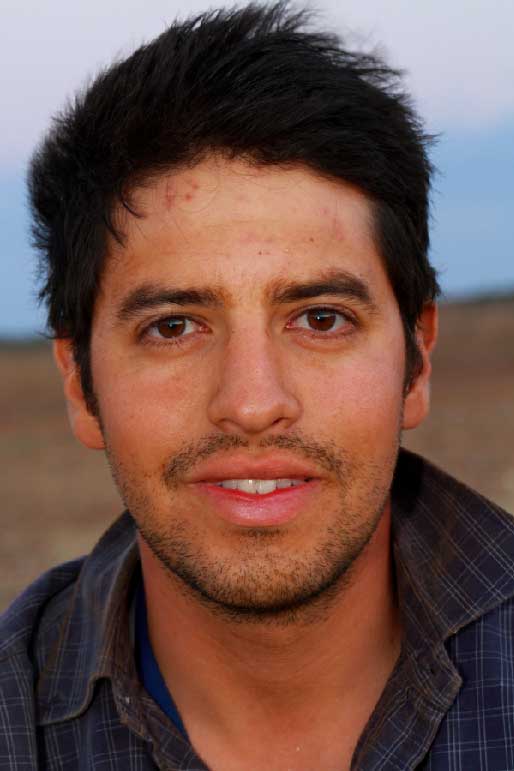
Museum National d’Histoire Naturelle Paleobiology, Paleomammalogy @juand_carrill0
|
|

Juha Saarinen
|
I am a paleontologist specialized in paleoecology and ecometrics of mammals during the Cenozoic. Currently I work as a post-doctoral researcher at the University of Helsinki, Finland, and I was a visiting researcher in the Natural History Museum of London for 2015-2017. My current research interests include new methods to estimate diets and body size of fossil large herbivorous mammals, the evolution and dietary changes of proboscideans during the Neogene in East Africa, body size changes and paleoecology of mammals during the Cenozoic, and ecometric modelling of paleoenvironments based on functional traits of herbivorous mammals. I have compiled and managed a large dataset of fossil mammal body mass estimates from the Cenozoic of all continents (especially Old World and North America) during the last few years. Lately I have concentrated on improving body mass estimate understudied taxa such as fossil proboscideans. | |
| I’m an Instructor at Howard University in Washington, DC working on FuTRES database on Equus. My research interest includes the comparative anatomy of vertebrates with focuses on mammalian orbit and adnexa. Through the workshop, I look forward to meeting people and learning how you can build and utilize morphological trait database. |
Keiko Meshida
|
|
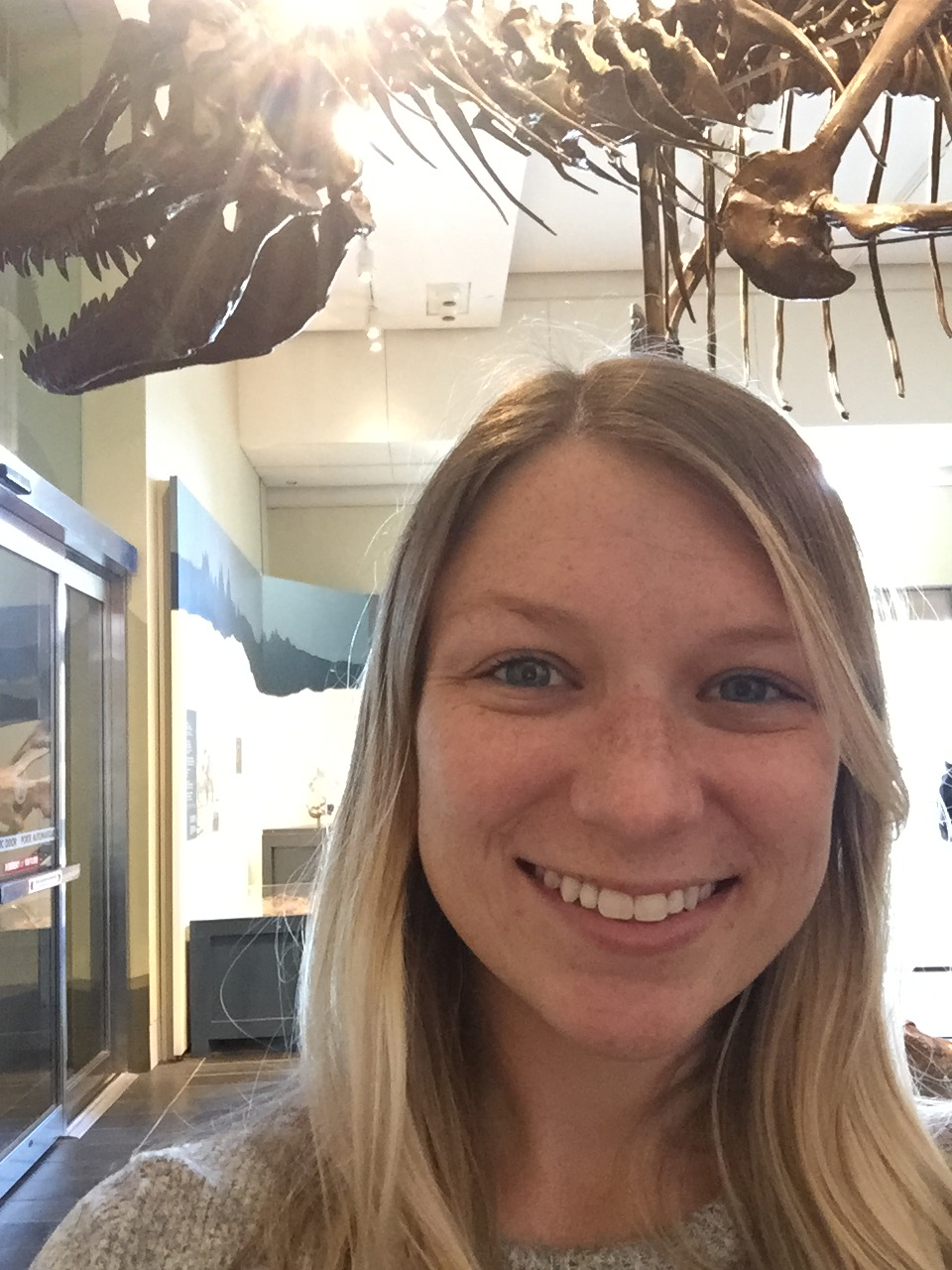
Laura Brenskelle
|
I am a PhD student at the University of Florida in biodiversity informatics. I am a Research Assistant on the FuTRES project, applying my knowledge about natural history specimen data standards and ontologies to the use cases.
Integrating herbarium specimen observations into global phenology data portals
ZooArchNet: Connecting zooarchaeological specimens to the biodiversity and archaeology data networks
|
|
| I am an NSF postdoctoral fellow at Yale University, seeking to understand the molecular and morphological basis of sensory evolution in tetrapods. Much of my work has focused on the molecular and morphological evolution of the chemosensory system in bats. I am now working on the developmental origins of brain evolution in reptiles and vestigialization of the chemosensory system in archosaurs. I use techniques ranging from transcriptomics to diceCT to macro-imaging of immunostained whole-mount embryos.
Here is my website.
Here is my Google Scholar. |
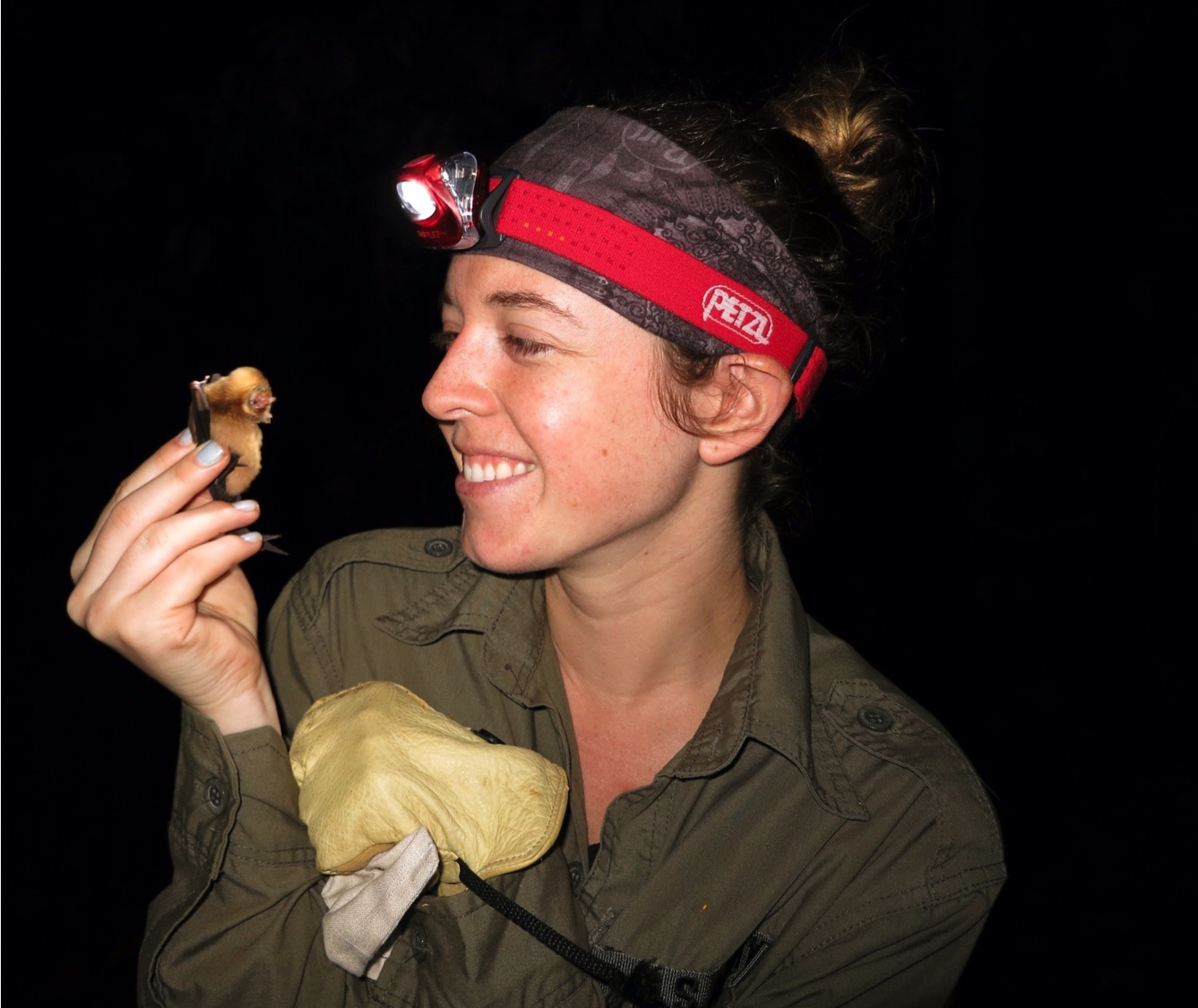
Laurel R. Yohe Yale University Tetrapods @loloyohe
|
|

Lisa Barrow
|
My research typically combines fieldwork, museum collections, genetic/genomic data, and ecological/trait data to ask questions about biodiversity of amphibians and reptiles. Currently I am a postdoc in the Carstens lab at Ohio State University, working on a project to predict amphibian genetic diversity based on traits and geography (Link to preprint)
As of January 2021, I will be Assistant Professor and Curator of Herpetology at the University of New Mexico and the Museum of Southwestern Biology. I’m interested to learn more about FuTRES and how we can make our >100K reptile and amphibian specimens and their trait data useful and accessible for a variety of researchers and students. |
|
| I am a PhD Candidate in the Department of Anthropology at UC Berkeley. My research sits at the intersection of anthropological archaeology and historical ecology, focusing on indigenous stewardship of aquatic ecosystems in Central America and relations with fish and shellfish communities. I also explores the effects that natural disasters, such as volcanic events, have had on these ecosystems and the humans who lived with them in order to contemplate more sustainable ways of being in the wake of anthropogenic climate change. I currently directs Darién Profundo, which takes a deep history approach to the Darién Province of Panama and partners with community members and a team of ecologists from the Universidad Tecnológica de Panamá. |
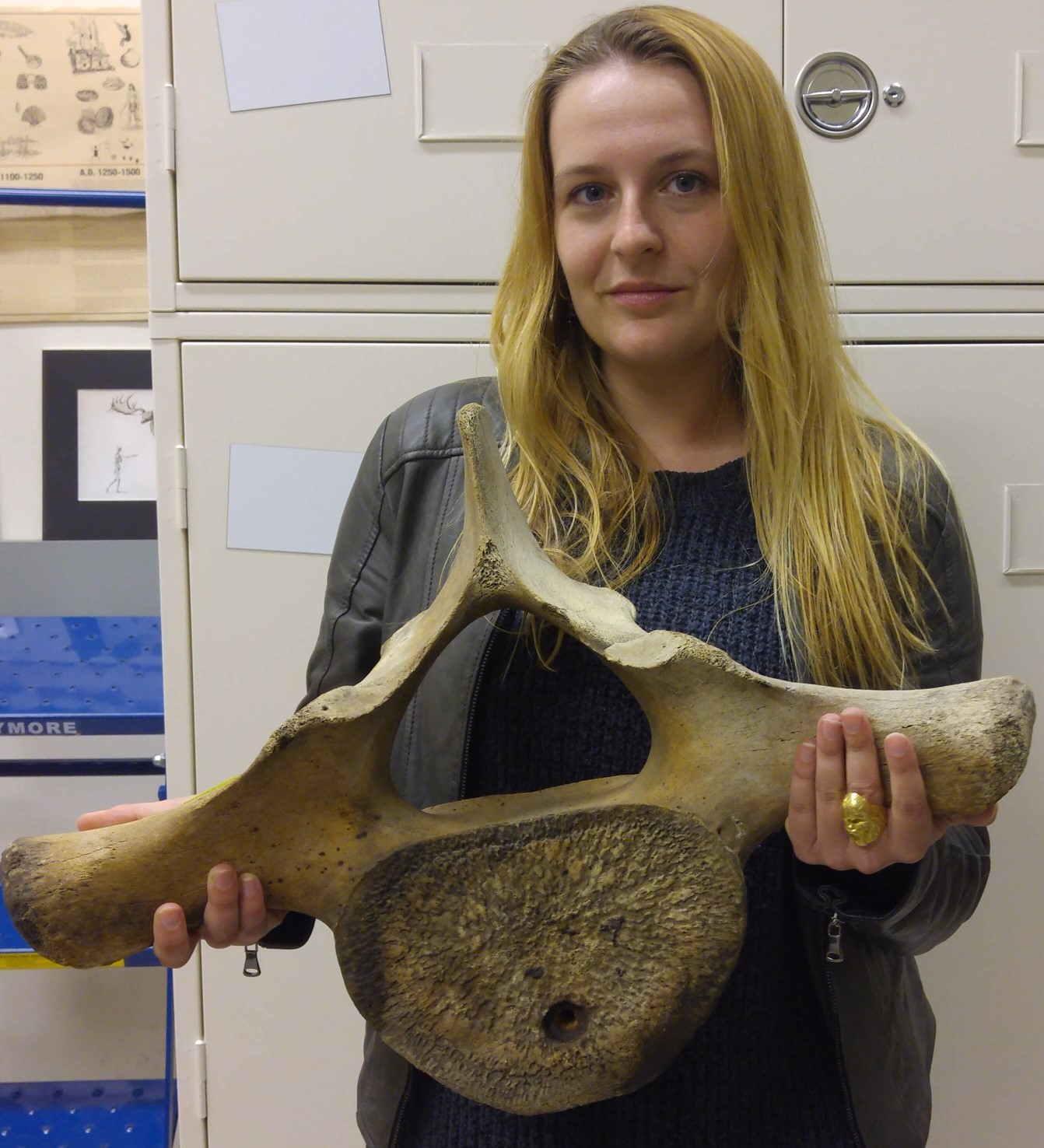
Lucy Gill
|
|
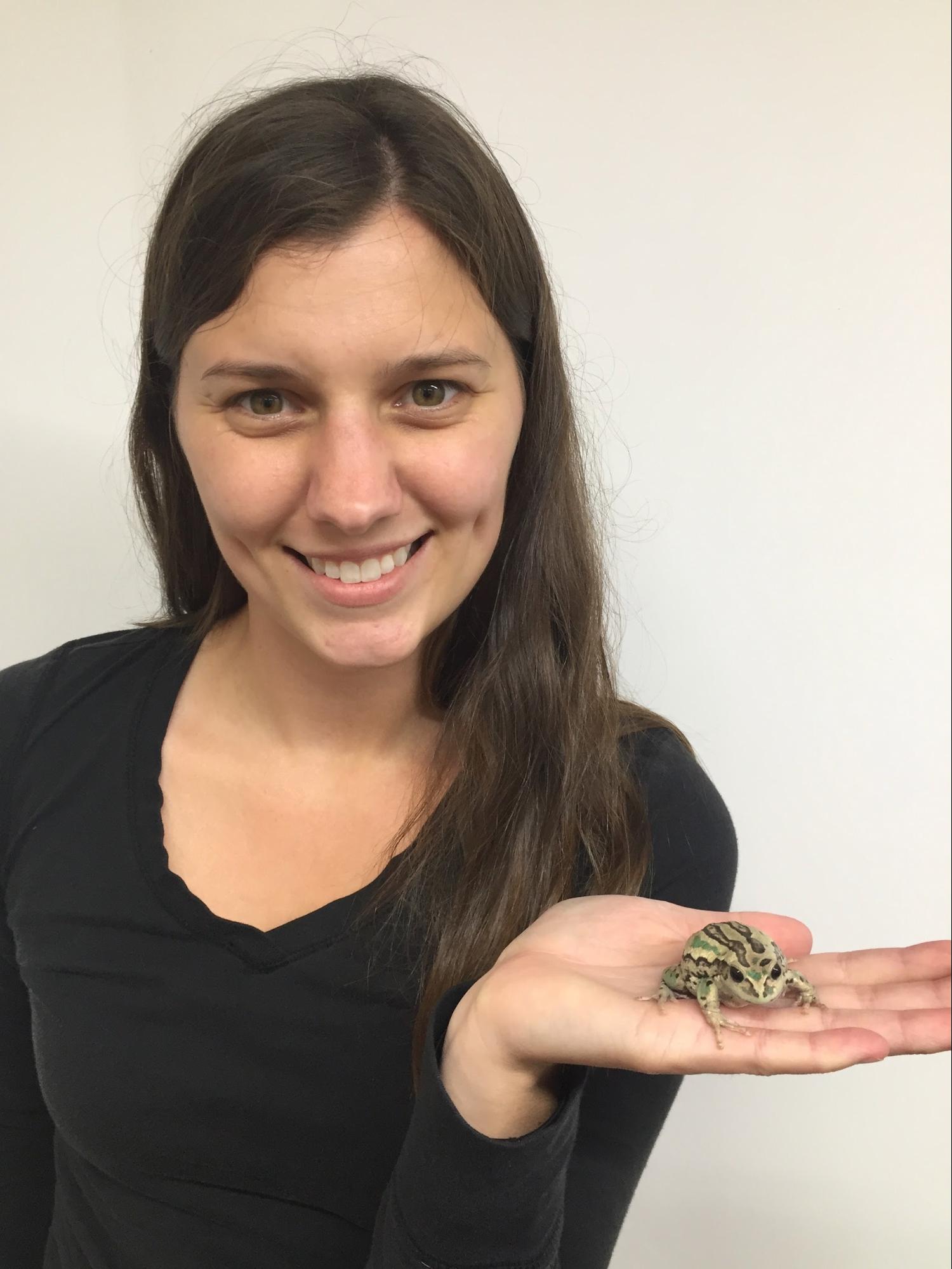
Maggie Hantak
|
I am currently a Postdoc in the Guralnick lab. My research has been centered around the evolution of color polymorphism, and my future goal is to understand how climate and anthropogenic factors influence the distribution of color morphs and associated trait changes. I am also interested in patterns of body size change over spatial and temporal scales, and I will look at these trends using large trait datasets of mammals, amphibians, and reptiles. I look forward to learning new methods that will help in analyzing these types of datasets. | |
| I am a PhD research student whose research considers the contributions that marine resource procurement and coastal resource exploitation made to the economy of Precolombian Maya sites on the island of Ambergris Caye, Belize and to the wider Maya economy. I am particularly interested in the islanders’ exploitation of local fish resources over their c. 2,000 year history on the island.
I am keen to learn about new methods of analysing and sharing data about function trait diversity and distributions to apply these to my research and to expand available datasets. |
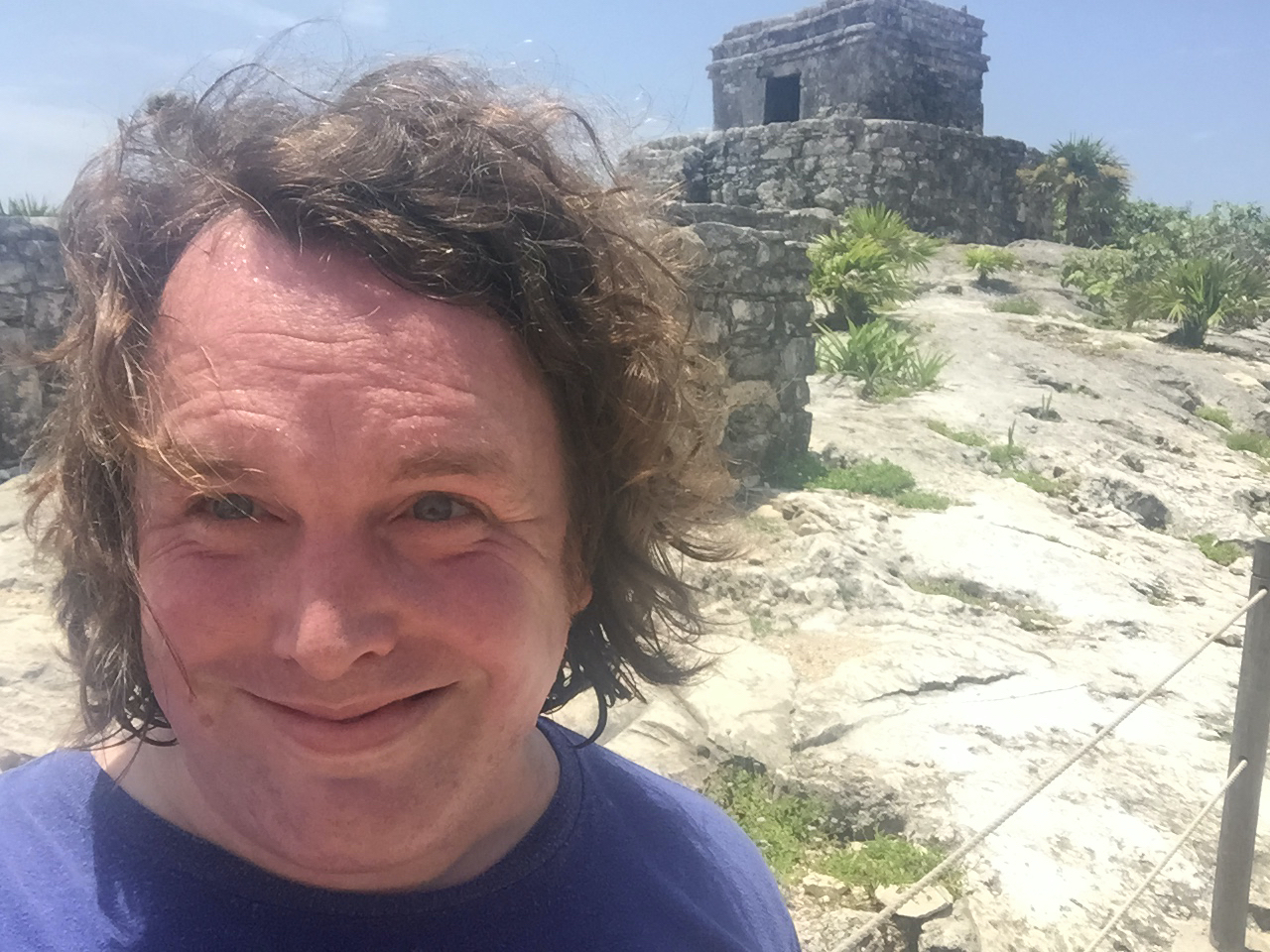
Mark Johnson
|
|
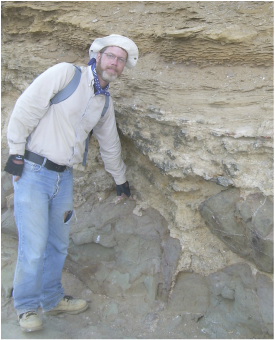
Mark Uhen
|
I study major evolutionary transitions, diversity, and the relationships of fossil organisms to Cenozoic climate change, focusing mainly on marine mammals, and most specifically on fossil cetaceans. Much of my work has focused on archaeocete cetaceans, stem cetaceans that gave rise to all modern whales, dolphins, and porpoises. My work has taken me all around the globe to collect fossils in Alaska, the Gulf Coast of the US, the Pacific Coast of the US, Peru, Egypt, and West Africa, among others. I am also the Chair of the Executive Committee of the Paleobiology Database, a global community project to database all of the fossil occurrences on the planet. There you can find all published occurrences of fossil marine mammals in one place, along with their associated geologic and environmental data. | |
|
Marta Vidal-Garcia
|
||
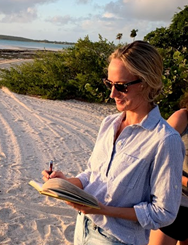 Michelle LeFebvre
Michelle LeFebvre
University of Florida Zooarchaeology |
Hello! I am an archaeologist with interest in the historical ecology of human-environment relationships, and in particular human-animal dynamics in coastal and island settings. Beaches in the Caribbean and Florida are the name of my field game! I have methodological expertise in zooarchaeology. Much of my recent work involves interdisciplinary collaborations across paleontology, archaeology, and neontology (and a healthy dose of informatics!) to elucidate long term patterns of human impacts on animal biodiversity through time and into the future.
I am super lucky to work with the ZooArchNet project and team lead by Kitty Emery and Rob Guralnick. I am particularly keen to learn more about how we can mobilize trait data across paleo-, archaeo-, and neo- datasets for the purpose of “big data” synthesis.
ZooArchNet: Connecting zooarchaeological specimens to the biodiversity and archaeology data networks |
|
| As a paleoecologist, I use various analytical tools to study local climate indicators, foraging strategies, and life history parameters of fossil and extant taxa including stable isotope, dental microwear and body size analyses. I also study taphonomic processes relating to fossil locality formation and fossil preservation.
My primary research focus is the Neogene Siwalik sequence of Pakistan. I am fortunate to be a member of a large collaborative research project that has studied the faunas and sediments of the Potwar Plateau region of northern Pakistan for more than 40 years. We’ve collected tens of thousands of measurements on Miocene mammal teeth and postcrania. We also have dental microwear and stable isotope data.
I am always interested in learning about new ways to curate and analyze these types of data, as well as 3D images. I am particularly interested in discussing long-term viability and accessibility of data and data formats. |
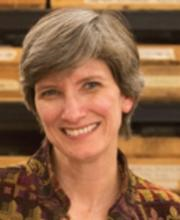
Michèle Morgan
|
|
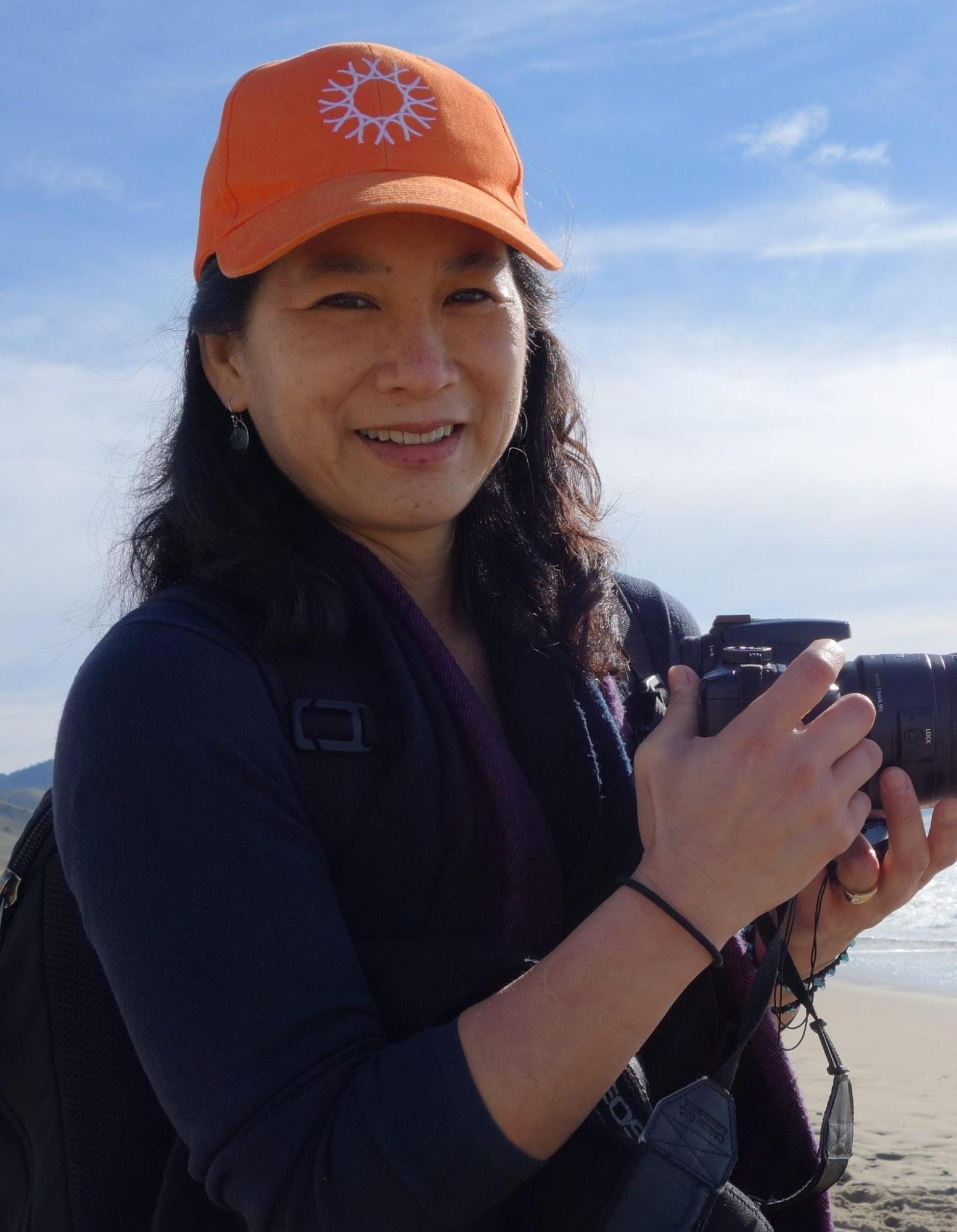
Michelle Koo
|
I am the staff curator of Biodiversity Informatics at the Museum of Vertebrate Zoology. I also chair the Berkeley Natural History Museums informatics efforts. I am particularly interested in life history traits and worked on an early effort to database traits with Rob Guralnick, Walter Jetz and David Wake on the NSF VertLife project. My current interest in traits is focused on amphibian life history traits and hope to integrate this effort with the AmphibiaWeb database where we have rich species and taxonomy data. An AmphibiaWeb trait working group, with Molly Womack and Dave Blackburn, was recently formed to propel work on amphibian traits. Understanding better trait ontological efforts and the specific workflows that FuTRES is developing will inform our progress and hopefully lead to productive collaborations. | |
| I use field- and lab-work to compare trait development, morphology, and function among species to better understand how diversity develops, how diversity evolves, and why it matters. Usually in frogs.
I want to contribute to trait database development because databases can democratize data, reduce redundancy among research efforts, and expand the types and scale of questions we can ask as biologists.
Many of my publications compare life-history and morphological traits among anurans. WoLab Pubs.
I am also on AmphibiaWeb’s trait committee. |

Molly Womack
|
|
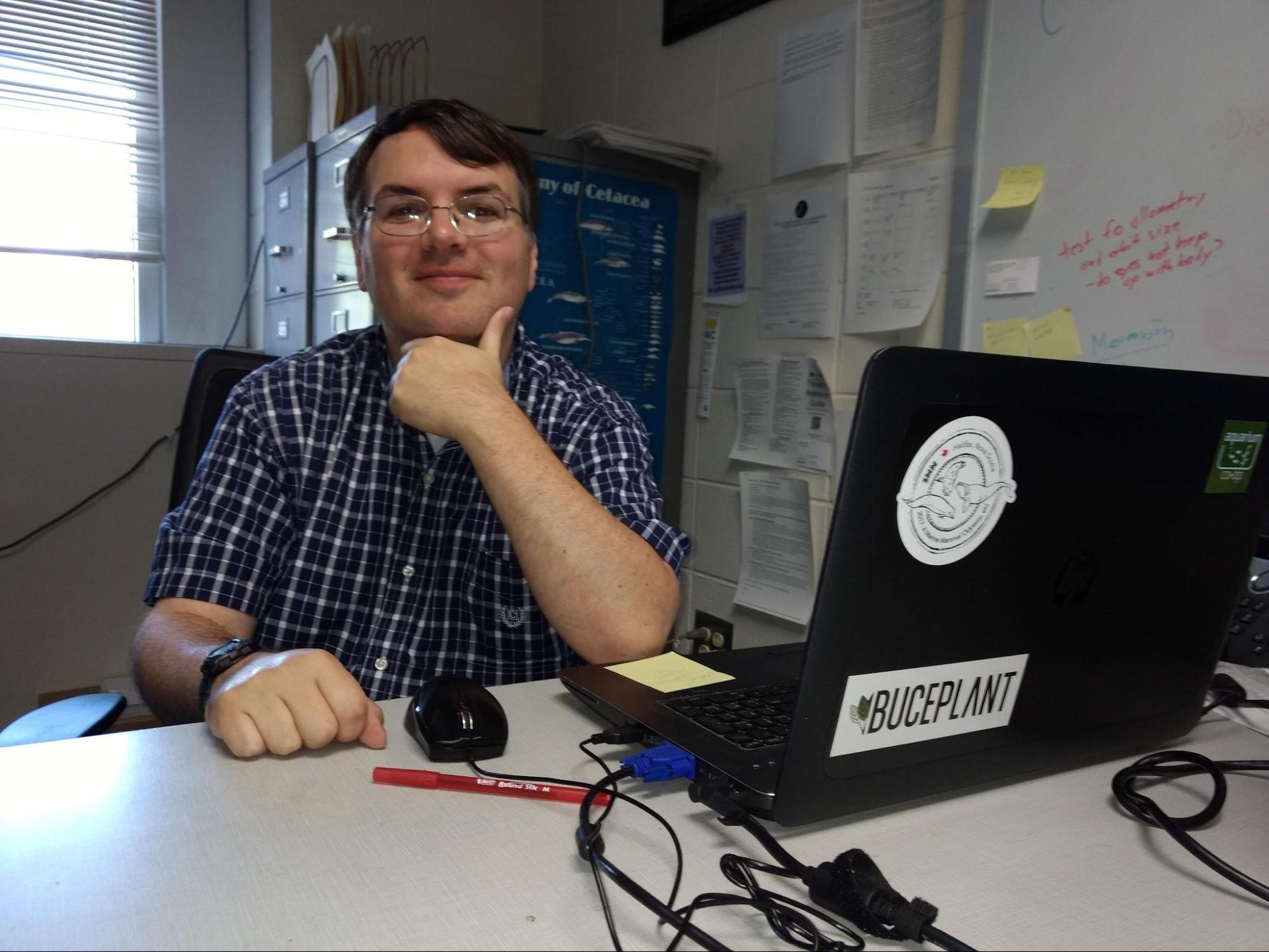
Morgan Churchill
|
I am a marine mammal biologist and paleontologist whose research focuses on understanding how the transition from terrestrial realms to aquatic lifestyles have influenced the anatomy, ecology, and diversity of whales and seals over time. My research uses morphometrics and phylogenetic comparative approaches to address questions in marine mammal biology, and I also work on the systematics of different clades as well
My major interest in a trait database is to provide some degree of replication and long-term archival of morphologic data, much of which doesn’t get published. I hope a trait database will resolve this issue, and allow the completion of large scale studies on morphological change in reasonable time frames
A reasonably up to date list of my publications can be found on my UW-Oshkosh website. |
|
| My research focuses on human-animal-environment interactions (globally over the last 10,000 years) and how they inform on the structure, ideology, impact and well-being of societies, past and present. My approach is to integrate archaeological data with wider scientific evidence (especially DNA and stable isotope analysis) and discussions from anthropology, cultural geography, (art) history and linguistics. Together these ancient data represent a powerful tool for contextualising modern problems facing humanity (such as food security, AMR) and for communicating difficult issues in a palatable format. |
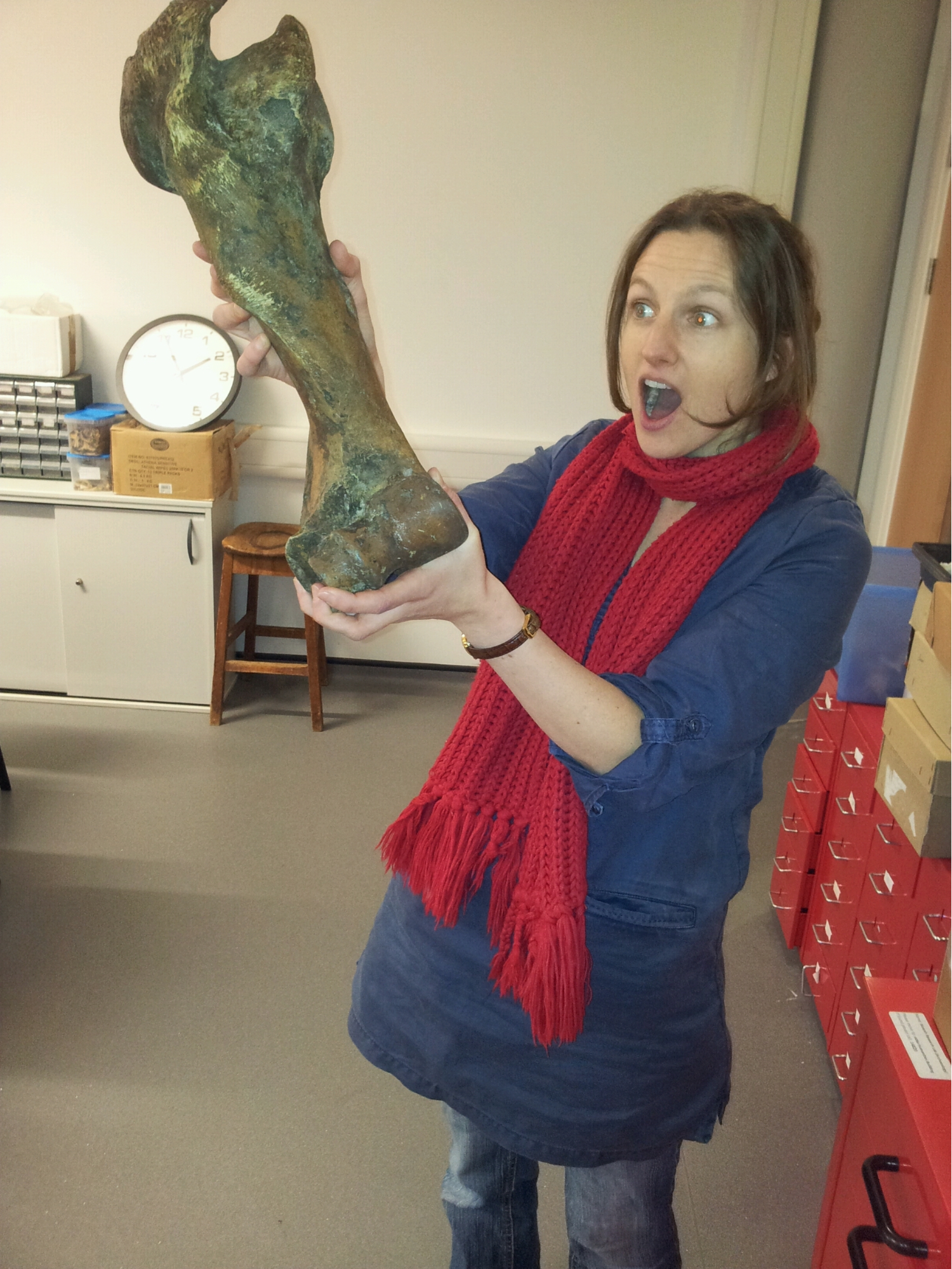
Naomi Sykes
|
|
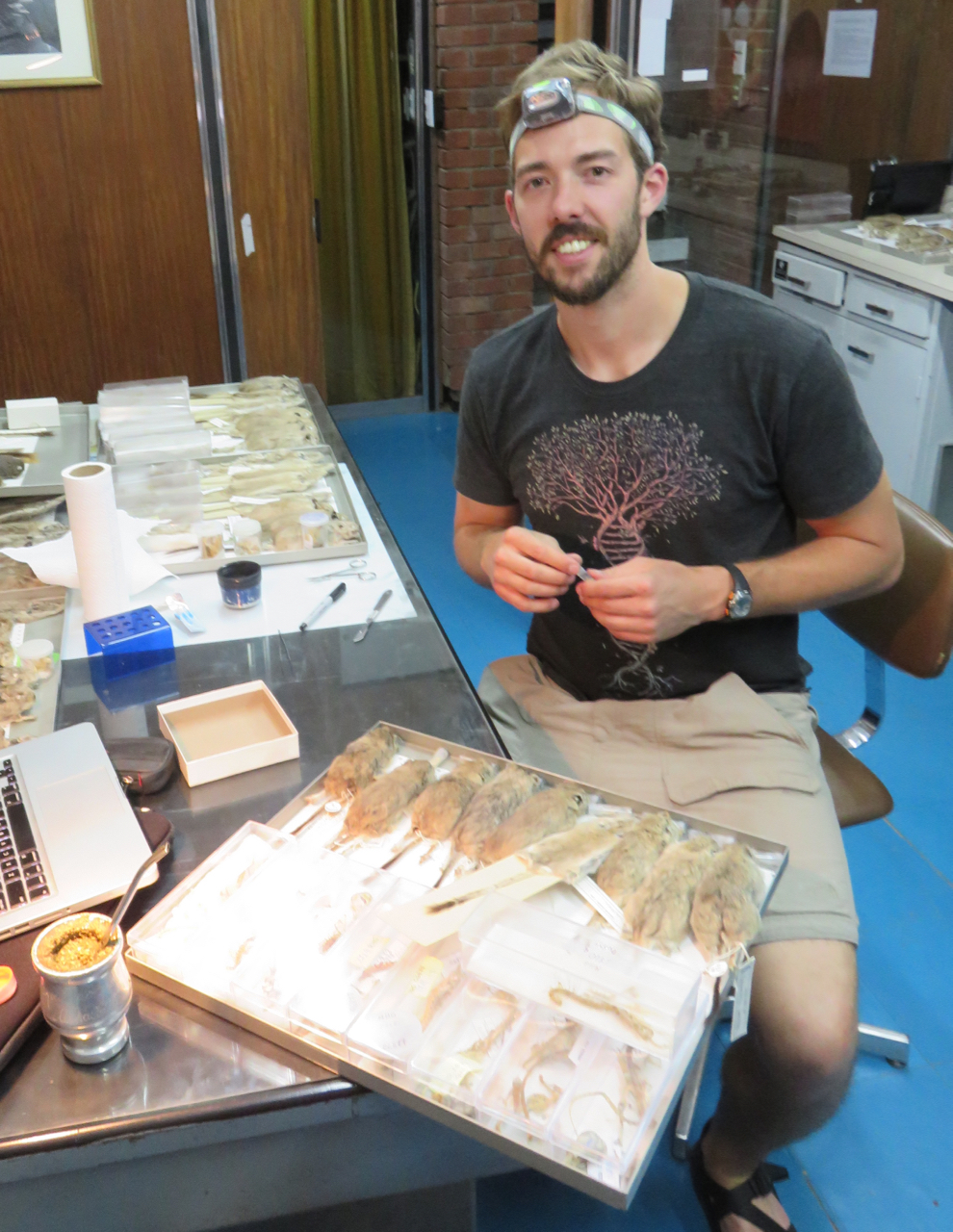
Nate Upham
|
I’m an integrative evolutionary mammalogist with broad training working in the field, natural history museums, the genomics lab, and with bioinformatics. I’m now an Assistant Research Professor & Associate Curator of Mammals in the NEON Biocollections at ASU.
Overall, I study evolution, ecology, and biodiversity from a spatial and temporal perspective, integrating data from molecules (DNA), fossils, and species traits to investigate when and where groups of species originated, at what evolutionary rates, and in relation to which paleo-environmental factors. My research is centered on mammalian evolution and has focused on unique lineages of rats and mice in the tropical Americas (spiny rats, hutias, and relatives), deserts of North and South America (kangaroo mice and vizcacha rats), and most recently across global Mammalia.
I’m most interested in integrating trait data for mammal species broadly across global biodiversity databases and museum collections. I lead an initiative called the Mammal Diversity Database via the American Society of Mammalogists that is updating species-level mammal taxonomy. We have a new taxonomy and website in development you can view here: https://mammaldiversity.github.io/
I’d most like to get from the workshop some direction of how best to integrate mammal taxonomy into the rigorous study of trait diversity & diversification globally.
|
|
| I work at the Universidad Autonoma de Yucatan where I coordinate the Zooarchaeology Laboratory. I am a zooarchaeologist interested in the study of human adaptations in coastal environments through the study of fish remains. My research aims to provide ecological baselines for the identification of healthy tropical fisheries in preindustrial times and to evaluate the anthropogenic affectations on fish population in Yucatan from a long-term perspective. I am excited to learn about new analytical tools and the most effective ways to use species traits to track ecological change. My datasets include fish remains taxonomic identifications, skeletal measurements and allometric regression for size/weight estimations. Through the workshop I am looking forward to learning more about FuTRES methodologies to share dataset with other colleagues and to networking to effectively apply our data at larger scales. |

Nayeli Jiménez Cano
|
|
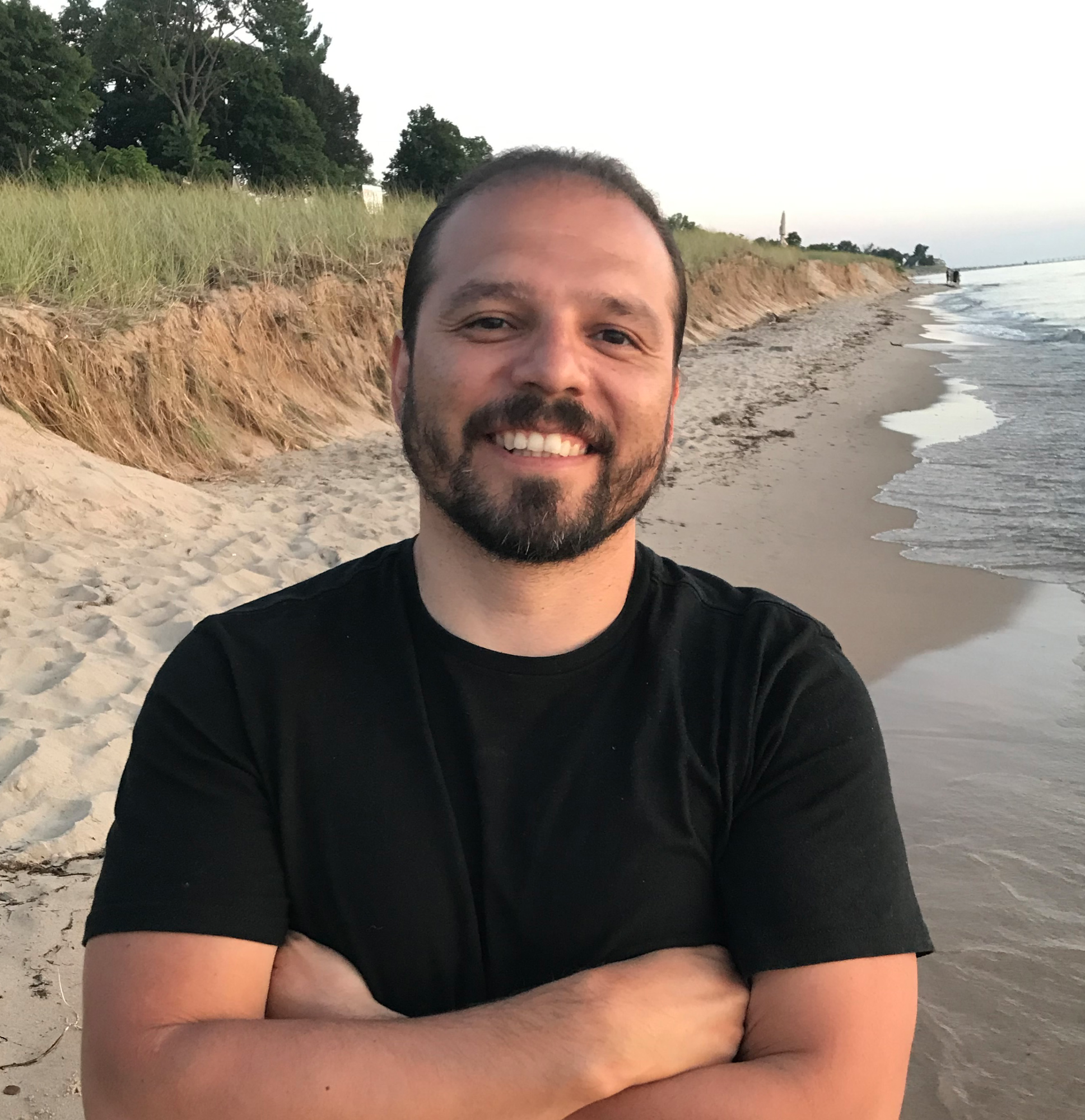
Noé U. De La Sancha
|
I would say I am a classically trained mammalogist. I’m currently an assistant professor at Chicago State University and a research associate at The Field Museum. I began with application of linear morphometrics on mammals for various type of taxonomic and systematic needs for biodiversity analyses. I then grew to enjoy the application of multivariate approaches to address questions dealing with ontogenetic variation, species delimitations, and correlating morphology with environmental variables. In my lab we have been working with traditional linear morphometrics and 2D geometric morphometrics. I began working on Matlab and then made a transition to R and love learning new applications and potentially developing new approaches to morphology as it applies to taxonomy, functional ecology and diversity, biogeography, population variation, and evolutionary biology. I would love to learn more about 3D geometric morphometrics and techniques for modularity type questions. I would be very interested in learning about any newer multivariate approaches and big data management. I am looking forward to a collaborative atmosphere with like-minded people.
|
|
| I am a PhD Student from the University of Florence and Pisa (Italy).
My research deals with fossil and extant Equids. In my master thesis, I have studied the Late miocene hipparions from North Africa (Morocco and Libya).
My PhD topic is the evolution of the genus Equus in the Plio-Pleistocene, with a special focus on the European Equus stenonis group, compared with the North American and African Plio-Pleisticene species.
I develop my research using morphological, morphometrical and statistical approaches, using the software R. Recently, with my research group, I have developed a new method to retrodeform fossil specimens, combining 3D models and geometric morphometrics.
You can check my research activity on my ResearchGate webpage. |
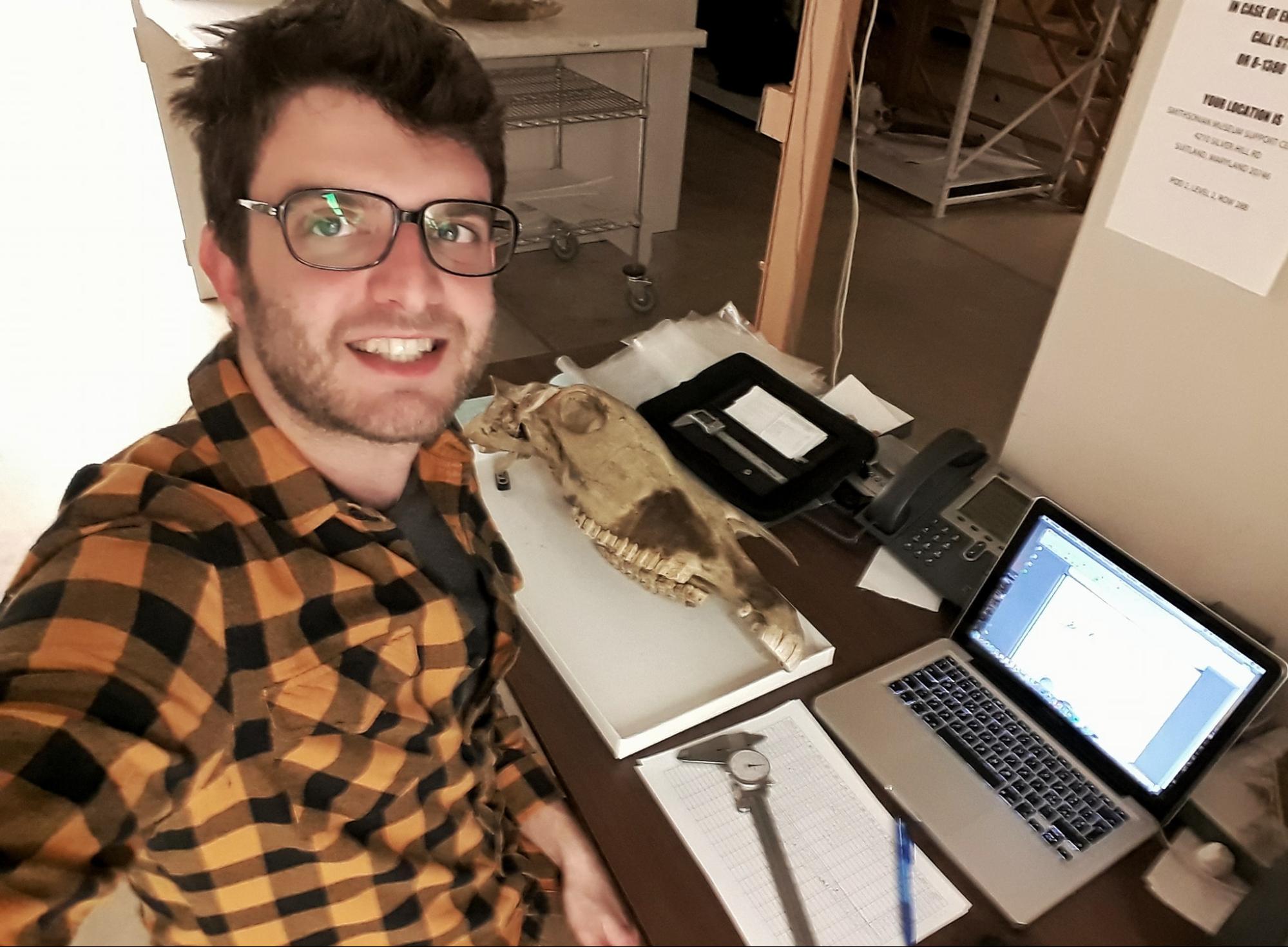
Omar Cirilli
|
|
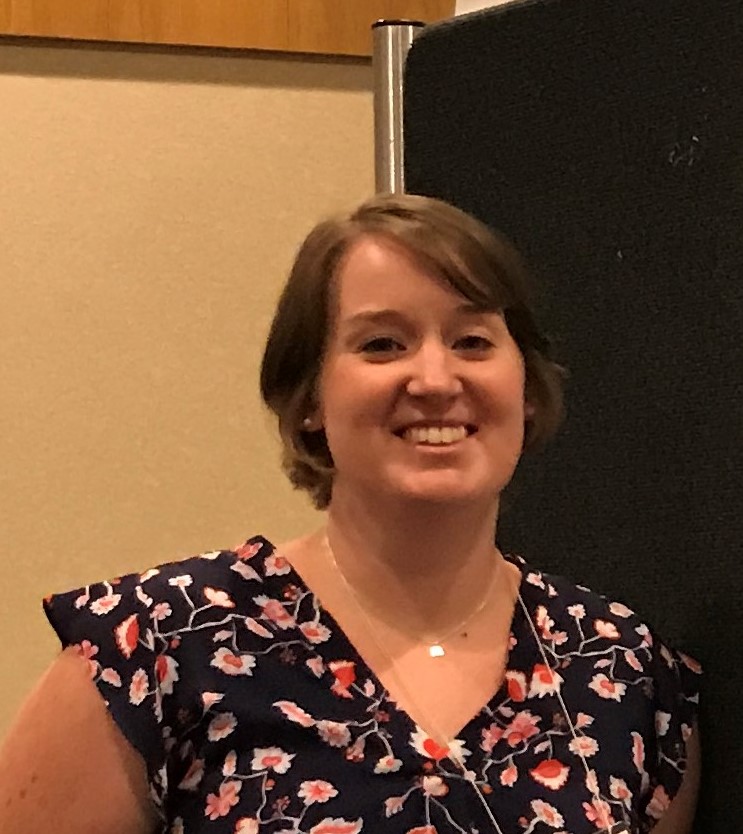
Rachel Short
|
I am a new NSF Postdoctoral Research Fellow in the Department of Ecology and Conservation Biology at Texas A&M and the School of Biological Sciences at Georgia Tech. I recently received my PhD in Ecosystem Science and Management at Texas A&M. I use trait-based approaches for understanding community-level faunal responses to environmental change. Much of my work focuses on using trait-environment relationships in ungulate communities, including hypsodonty and limb metrics. I am interested in how ecological and evolutionary processes drive community assemblage patterns and what we can learn from traits in the fossil record to inform modern conservation and management. | |
| I am Executive Director of the Alexandria Archive Institute, the non-profit organization that develops Open Context. In this capacity, I collaborate on projects that advance data publishing and data literacy in various archaeological and cultural heritage communities. I have a PhD in archaeology (University of Edinburgh) and have spent more than 25 years conducting zooarchaeological research at sites in the Near East and Europe. I am President of the International Council for Archaeozoology (2018-2022 term) and a member of the Digital Technology Committee of the Archaeological Institute of America (AIA). I also served on the Publications Committee for the Society for American Archaeology (SAA) and the American Schools of Oriental Research (ASOR). I am the series co-editor for Archaeobiology (Lockwood Press) and Executive Editor of Open Context. |
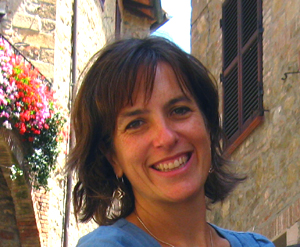
Sarah Kansa AAI / Open Context UC Berkeley Zooarchaeology |
|
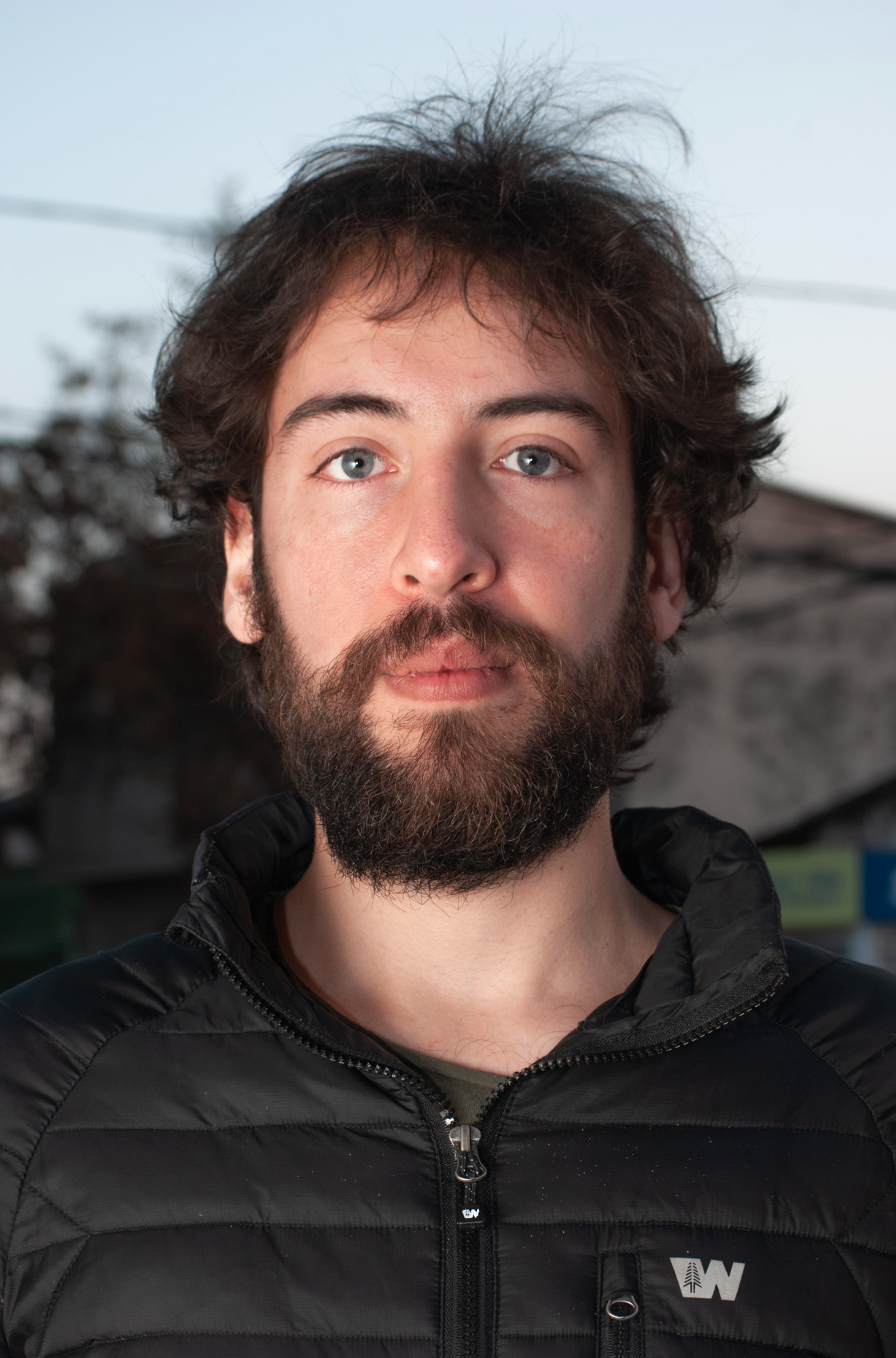
Sebastian Yrarrazaval Universidad de Chile Zooarchaeology |
I’m a zooarachaeologist from Chile with many many interests. As a researcher I still haven’t done any significant contribution since I’ve just obtained my Masters degree in Archaeology at the University of Chile (Universidad de Chile) where I explored multivariate statistics to assess taphonomic bias in archaeological sites. One of my main interests is the development of methods to aid in identification of skeletal remains and to try and integrate taphonomical information into zooarchaeological data in a more compelling way.
I’m a beginner in R and willing to try and gather as many skills as possible in statistical analysis for archaeological or paleozoological inquiry, personally I’m quite interested in learning FuTRES ontologies to integrate them into my projects to come and to share the quite large archaeological and modern osteological sample datasets i’ve recorded throughout my study years, these include morphometric measurements of avian and mammal remains ranging from 5000 cal B.P. to sub actual samples, among other information. I also contribute as a researcher in the ONG Carnivoros Australes, where we plan to use zooarchaeological methods to aid in conservation efforts.
|
|
| My research focuses on the interaction of climatic, vegetation, and faunal changes in the fossil record, particularly with respect to ape and hominin paleoecologies. I use stable isotopic and dental microwear analyses to reconstruct paleohabitats, climates, and diets. To better reconstruct the past, I also work with modern ecosystems. My goal is to have a direct comparison between fossil and modern data to better interpret fossil ape and hominin adaptations. Much of my work focuses on Miocene hominoids and modern chimpanzees.
In addition to isotopic analyses, I maintain a skeletal collection of fauna, including chimpanzees, collected opportunistically at Kibale National Park, Uganda, and I am interested in digitizing specimens to make the collections accessible worldwide. |
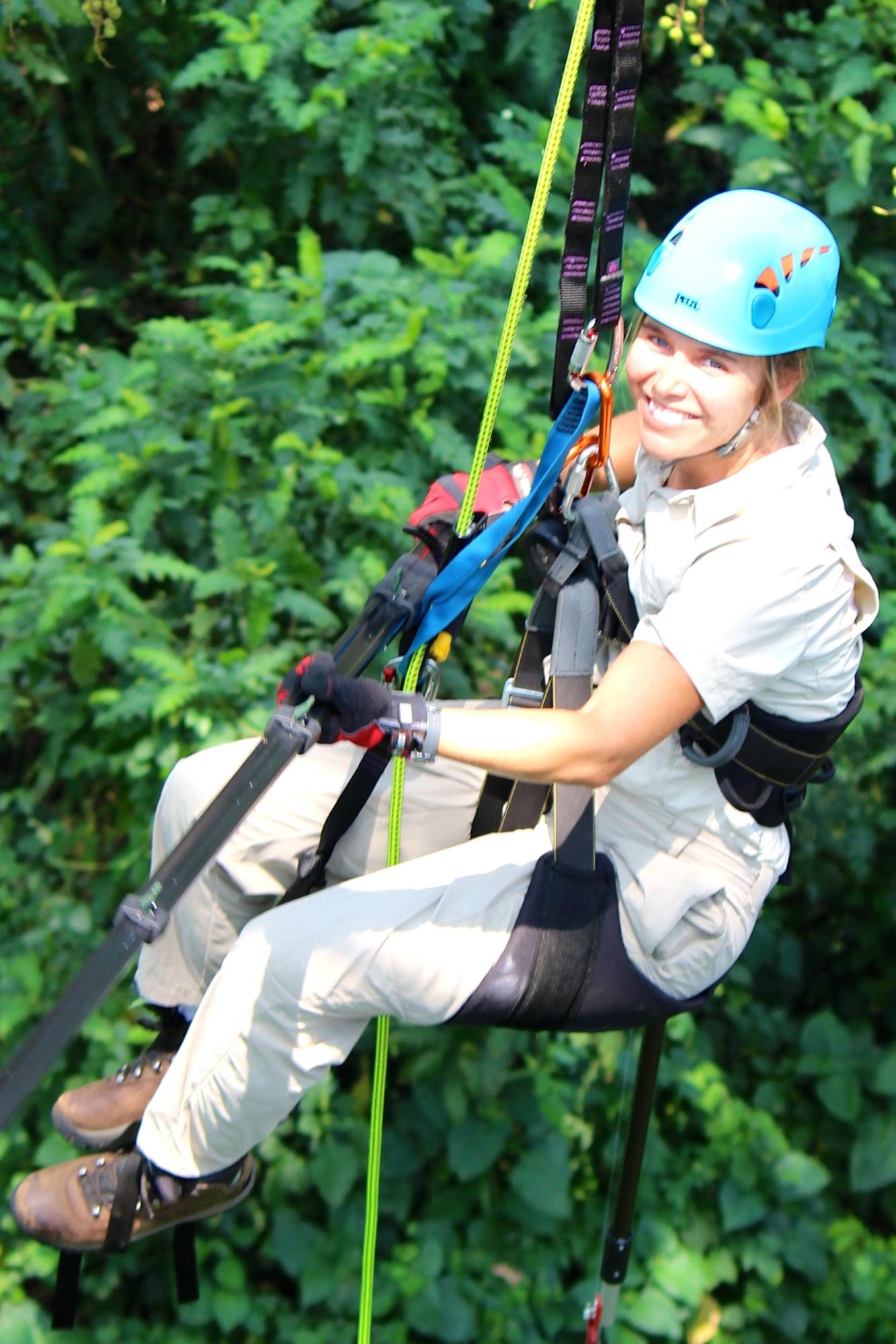
University of New Mexico Paleoecology, Zooarchaeology |
|
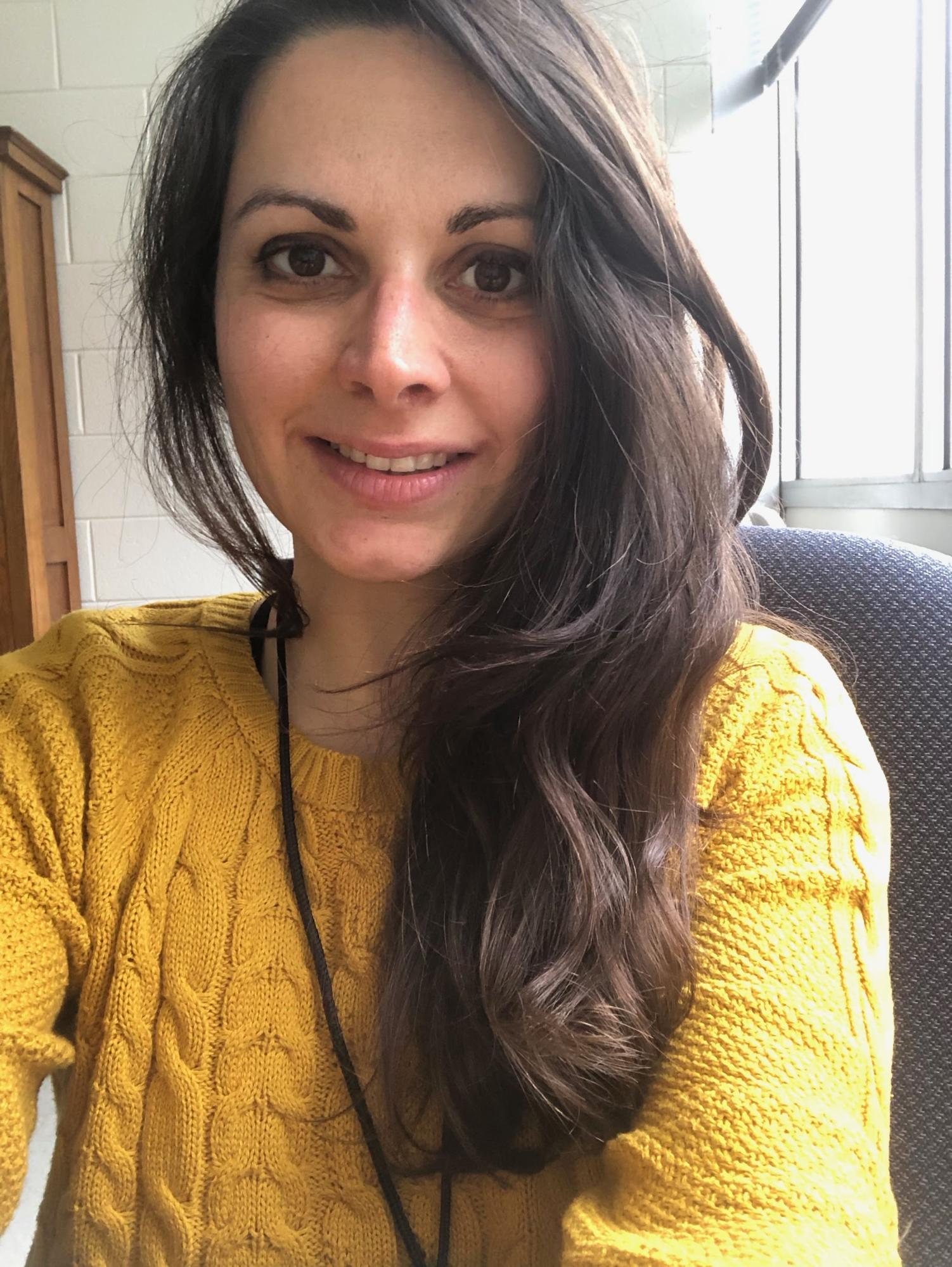
Silvia Pineda-Muñoz Georgia Tech Paleobiology |
I am an ecologist and paleoecologist interested in conservation paleoecology and functional morphology in mammals.
I’m particularly interested in the role human expansion has had on species’ ecology and how anthropogenic impacts are shaping their functional traits.
From a traits perspective most of my past work involved mammal diet and its relationship with many functional traits such as body mass and tooth morphology. I also explore diet as a functional trait, how it varies at different temporal scales, and how to select a dietary classification that best matches our research questions. |
|
| Hello! I’m looking forward to learning a lot from everyone at the workshop. I’m interested in paleontology, evolution, ontogeny, paleoecology, functional morphology, and morphometrics. Lately, I’ve been most interested in the role of developmental plasticity, and behavior during life, in shaping functional traits. My research has focused on the morphology, taxonomy, paleoecology, and evolution of Old World monkeys, especially from the Plio-Pleistocene of eastern Africa. |

Stephen Frost
|
|
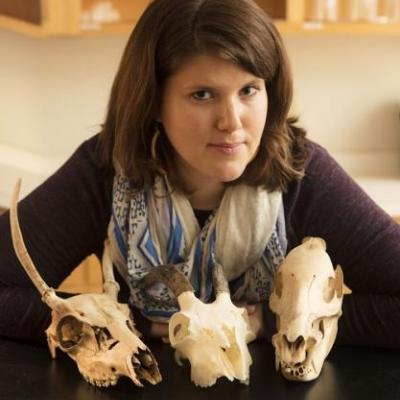
Suzanne Pilaar Birch
|
I’m a zooarchaeologist specializing in stable isotope analysis of faunal remains, but one of my pet peeves is when people do not record detailed information about specimens before sampling for biomolecular/geochemical analyses (or bother to consider the zooarchaeological context!) I also think zooarchaeologists and paleontologists should talk to each other more...
I’ve been involved in developing a zooarchaeological stable isotope database with Neotoma over the past few years, and part of that has necessitated the ability to input associated specimen-level data (such as element, side, etc) which was not previously possible.
Most of my work has focused on human-animal-environment interaction in the eastern Mediterranean/Aegean/Adriatic, on islands, from the late glacial through to the Bronze Age.
ETA: I’m excited to “see” everyone again this year and meet those who are joining in for the first time! |
|
Organizers

Edward Davis
|
My research focuses on the evolution of morphology and species distributions in the context of changing environments. My data contribution will be mostly through supporting the ingestion of legacy paleo data from the literature, because I have funding from NSF to support graduate student effort in data mining.
I would like to see a growing user base arise from this workshop. I am hoping to get some guidance from the workshop participants in what areas I should have my graduate students focus for their data mining activities. Here’s a paper on ecomorphology in small mammals And here’s a fun paper on rhinoceros arthritis over the last 50 million years
|
|
| John is a biodiversity information and farmer, variously engaged with persistent identifiers, ontologies, welding, global data architecture, and baling ensiled grass. John is actively engaged with creating and improving the Genomic Observatories Meta-database (GEOME), and annotating trait and phenological data with ontologies. In his spare time he hangs out with his two granddaughters, hunts cougars, and reads science and historical fiction.
A couple of relevant publications:
Deck, J, Guralnick, R, Walls, R, et al. “Meeting report: Identifying practical applications of ontologies for biodiversity informatics”, Standards in Genomic Sciences 10 (1), 2015 |
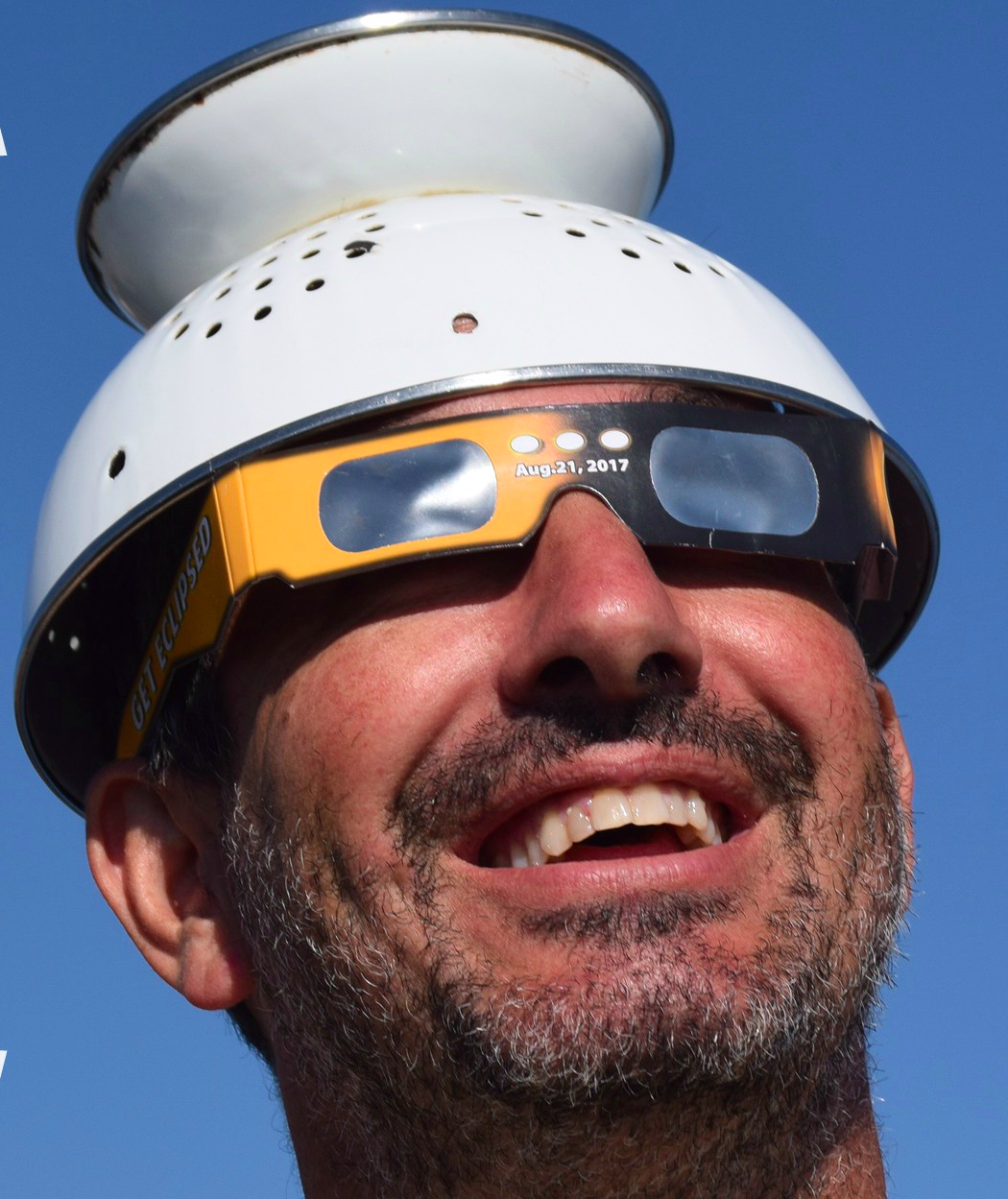
John Deck
|
|

Kitty Emery
|
Hi everyone! I'm an environmental archaeologist with a specialty in zooarchaeology. I love tromping around in the forests and mountains of Central America digging up data on the ancient relationship between people, animals, and environments.
Together with a super team of fun folks, Rob Guralnick and I have been developing ZooArchNet, a platform designed to mobilize Darwin-core enabled zooarchaeological data into the biodiversity network while linking it to open archaeological data publishers. These "early anthropocene" specimen data allow us to bridge the gap between paleontology and neontology, providing pre-human baselines and lessons about human environmental decision-making. Sharing specimen data means sharing attribute data - so the collaborative research potential of FuTRES is super exciting and I'm looking forward to lots of brainstorming with all the participants in Oregon. ZooArchNet: Connecting zooarchaeological specimens to the biodiversity and archaeology data networks |
|
|
My expertise is in body size. I study how and why vertebrates are the size that they are. I use both a micro- and macro-scopic approach by testing body size ‘rules’ across space, time, and levels of biotic organization.
I am currently a postdoctoral research associate working with the FuTRES (Functional Trait Resource for Environmental Studies) team to develop a way to search and aggregate specimen-level trait data. I am helping to build the ontology by working with the community (you!) to define commonly measured vertebrate traits.
Through this workshop, I hope to see what the needs of the community are, and how to better ingest data.
Relevant papers: OpenTraitsNetwork Investigating (a)symmetrical body size evolution of a small mammal to climate change |
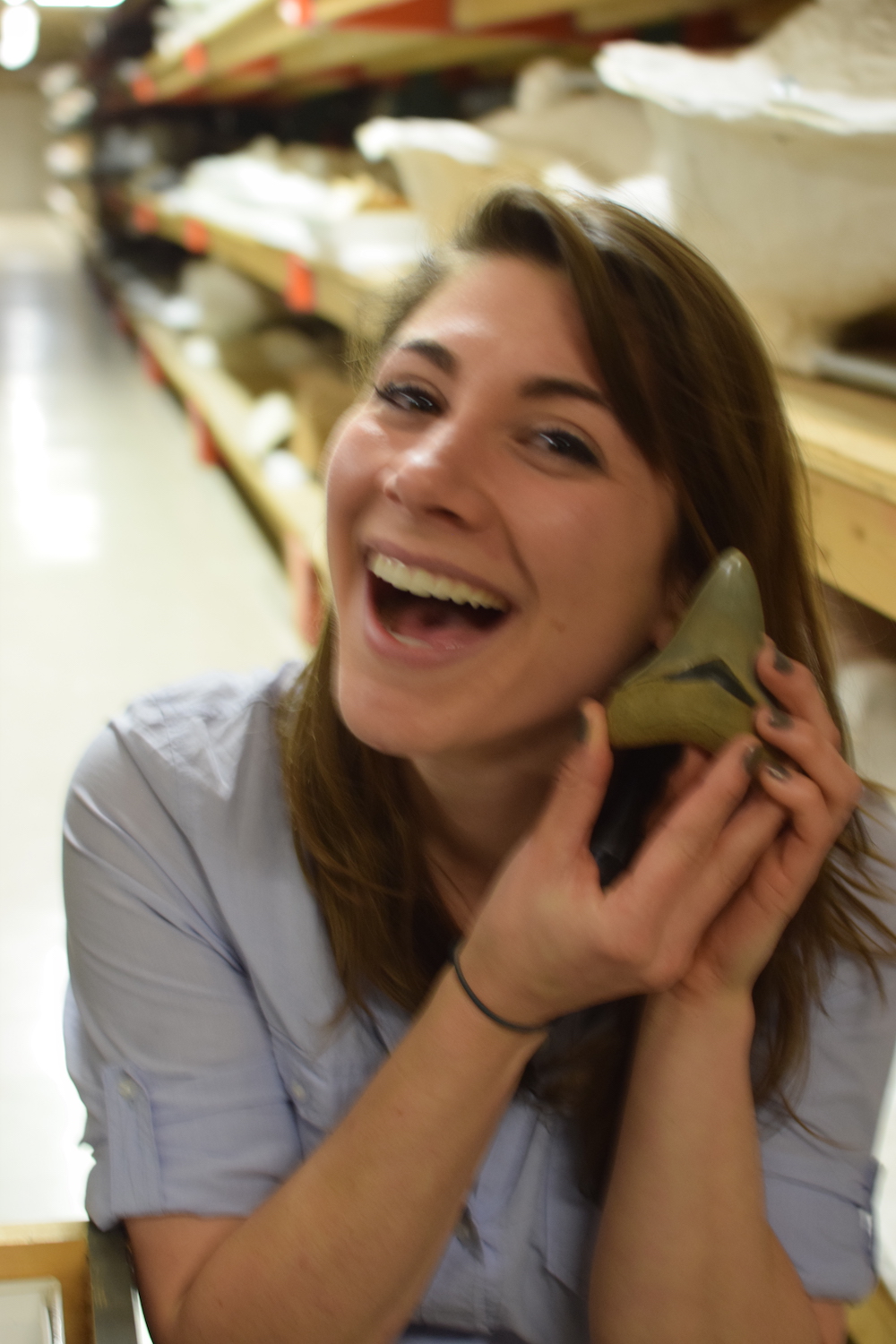
Meghan Balk
|
|
 Neeka Sewnath
Neeka Sewnath
University of Florida Informatics |
I am currently an informatics graduate student in the Guralnick Lab at the University of Florida. My research focuses on helping document the development of turkey husbandry and domestication throughout ancient Mesoamerica through methods of DNA sequencing and computational analysis.
In FuTRES, I work on processing large datasets as well as help develop the methods for standardizing trait data and facilitating data migration. I am very passionate about applying computational techniques to biological methods. In addition, I currently work as a honey bee ecotoxicologist. |
|
| My research focuses on ontology-based data integration, ontology design, and identifier services for large and dispersed datasets. Although my background (and first love) is in the ecology and evolution of plants, my work is not restricted to plant science and includes many domains. I am an active member of the biodiversity standards community, including TDWG (Biodiversity Information Standards), GSC (Genomics Standards Consortium), and the OBO Foundry. As the senior science informatician at CyVerse, I am primarily responsible for organizing things, so I work on initiatives related to data management and integration, metadata use and harmonization, and incorporating ontologies into CyVerse cyberinfrastructure.
|
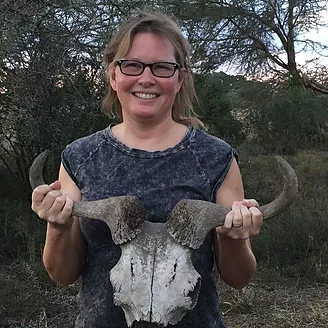
Ramona Walls
|
|
|
<img src="/media/biosketches/2020/RBernor.png" width=“200” class=“center”
Ray Bernor
|
I am an evolutionary biologist/vertebrate paleontologist that works mostly in the Neogene and Quaternary of Eurasia and Africa. I am concerned with large mammals, but within this group I work on fossil and recent Equidae. I frame large mammal evolution within a chronologic and biogeographic framework to understand the relationships between tectonics, climate change, environmental response, mammalian evolution and biogeographic distribution patterns. The image to the right includes a small part of the extant zebras in the National Museum of Kenya, Nairobi that I am studying along with their Pleistocene representatives. | |
| Rob is a biodiversity scientist who, in part, works on trait ecology and evolution from the domain side. But he also is strongly interested in trait assembly from the informatics side as well. He is one of the FuTRES PIs.
A domain-relevant paper: An informatics-oriented paper: |
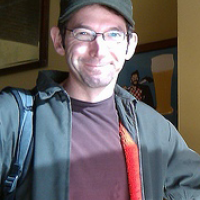
Rob Guralnick
|
|

Kathy Joyce
|
I am President and Principal Consultant of M. Kathleen Joyce & Associates, a small, woman-owned business that has successfully served clients for more than 25 years. I work mainly with science and health organizations, including universities. My areas of expertise are meeting planning and facilitation, education about teamwork and communication, strategic and implementation planning, and organization development consulting. In partnership with the American Institute of Biological Sciences, I developed and facilitate a two-day hands-on workshop Enabling Interdisciplinary and Team Science, which we have offered in Washington DC, and on-site at universities across the nation. (Given COVID, the workshop is currently offered via video). I’m thrilled to facilitate this meeting and learn more about FuTRES and to hear everyone’s creative ideas! | |
